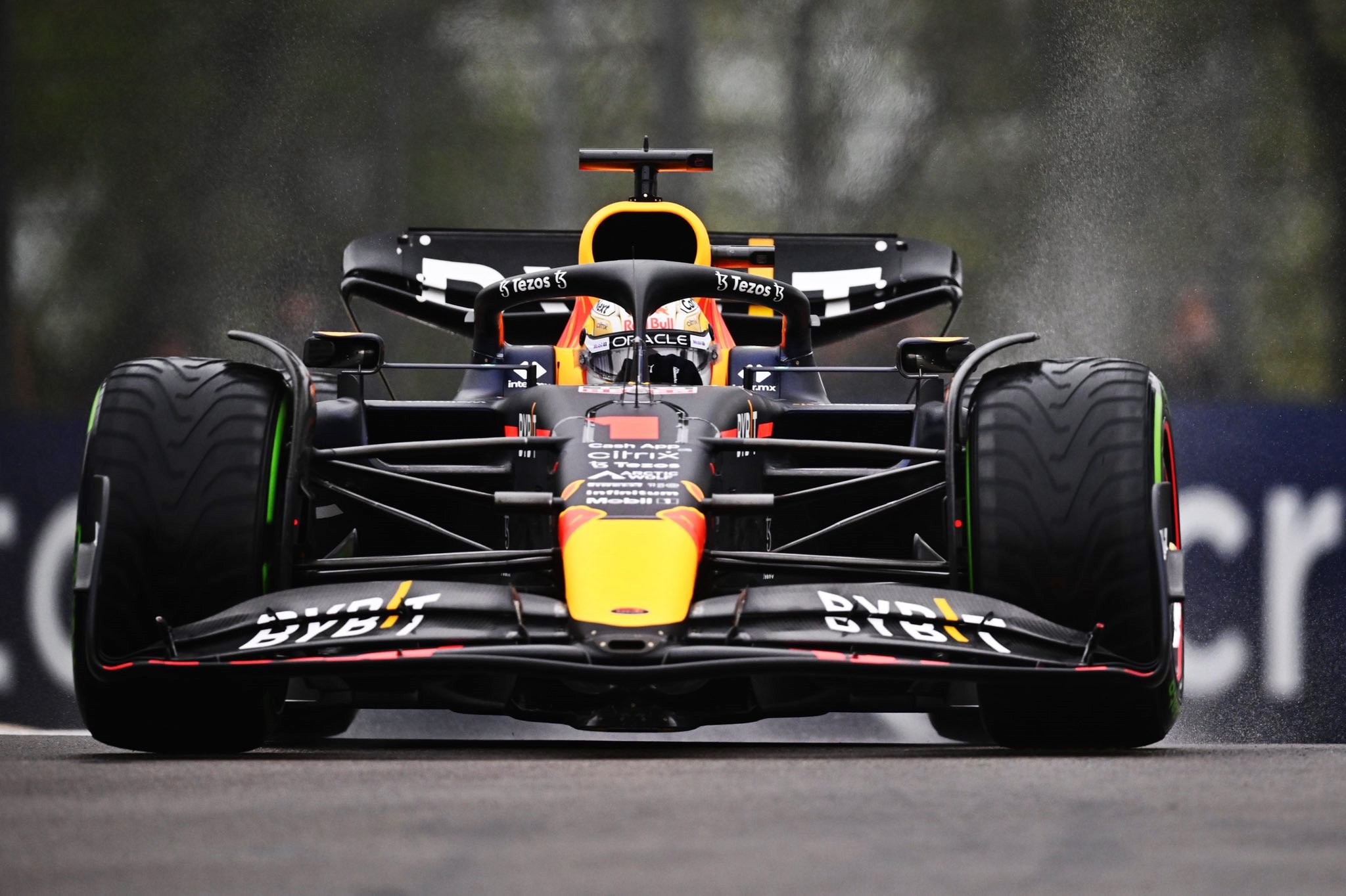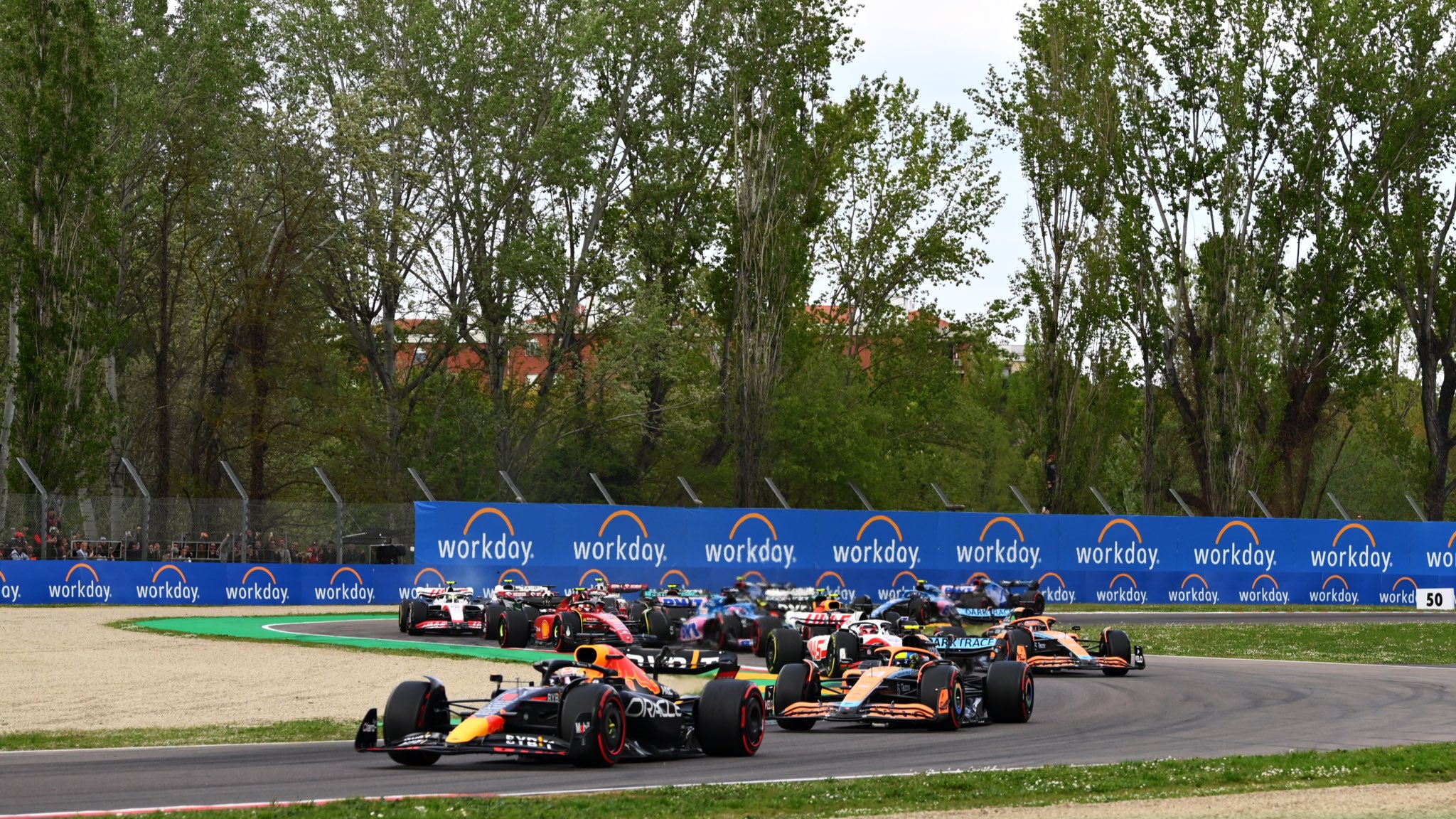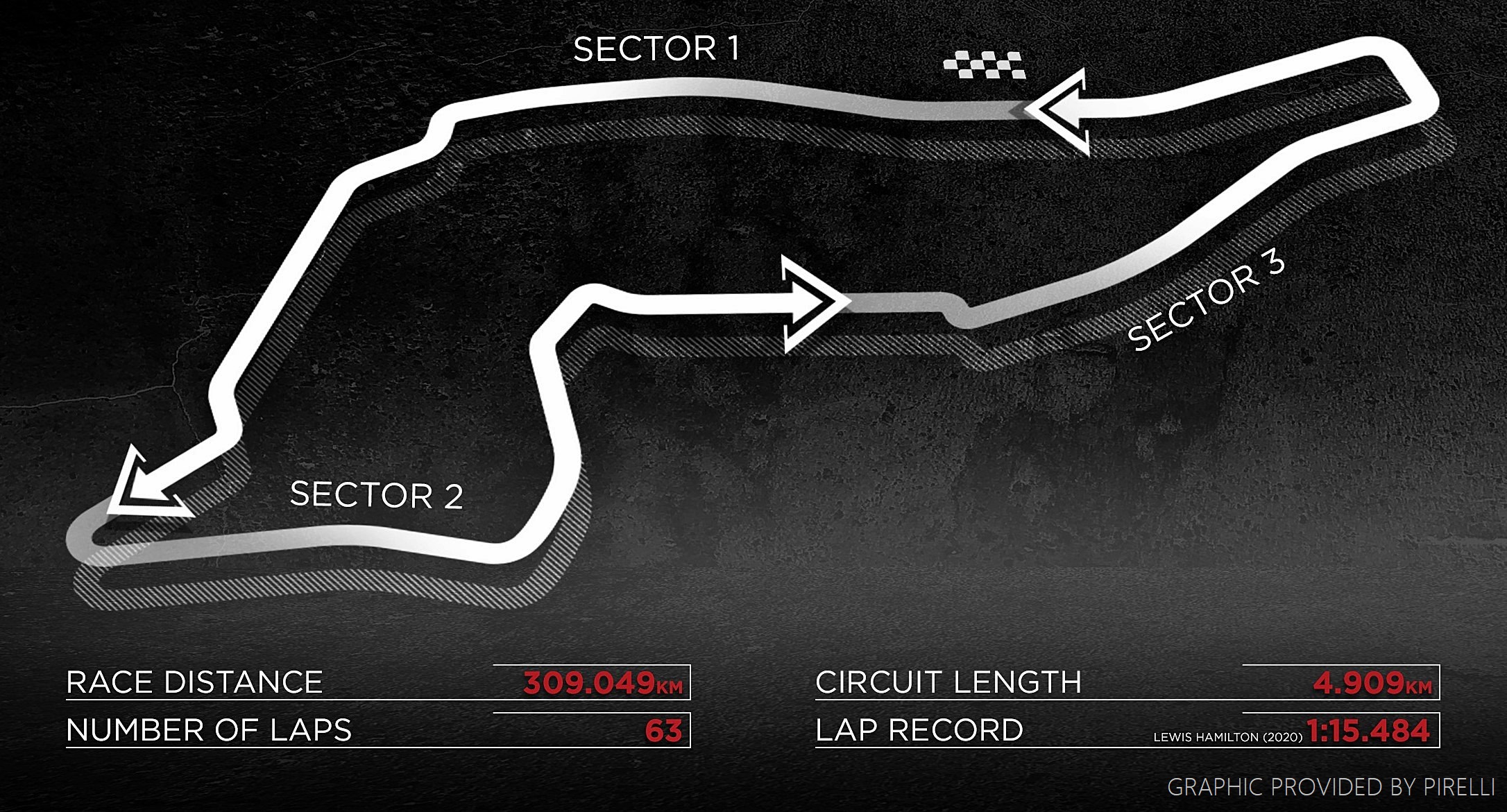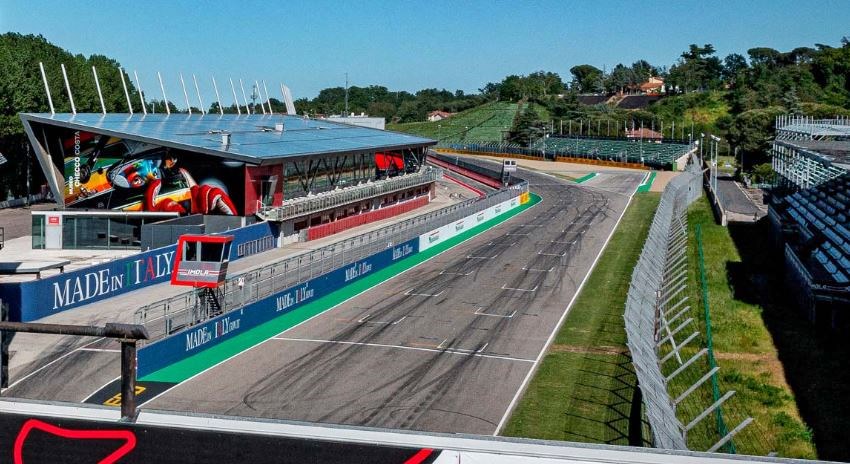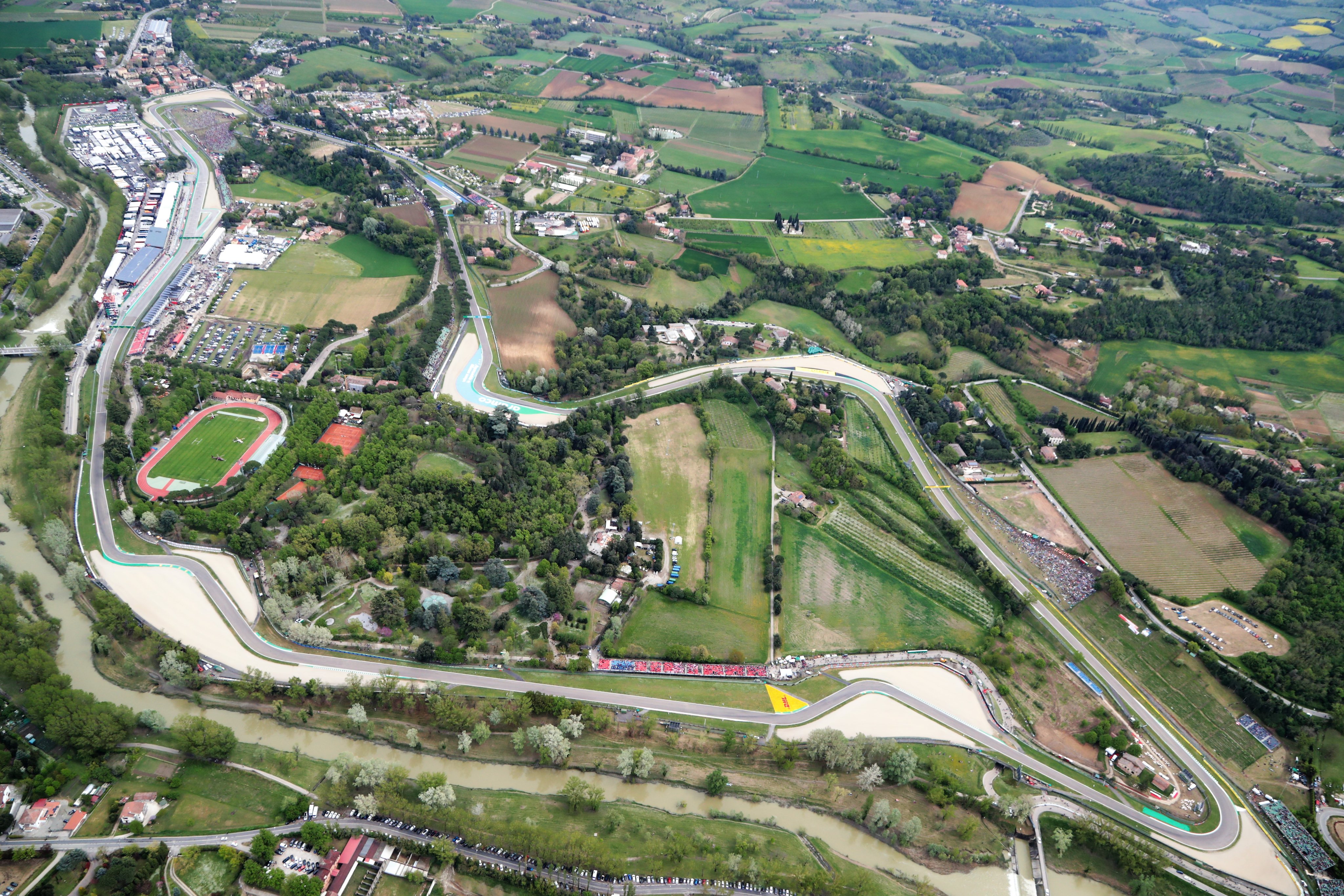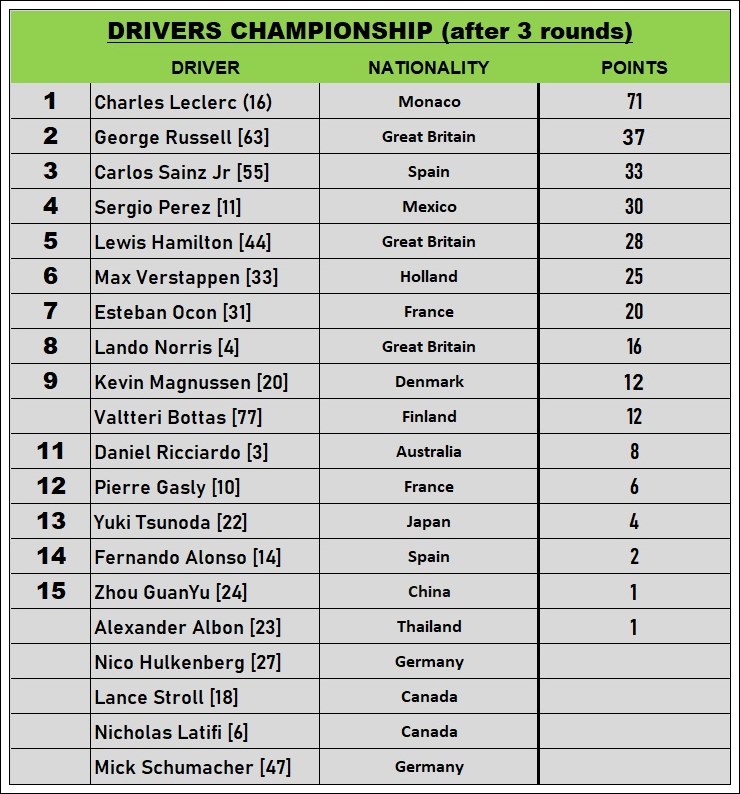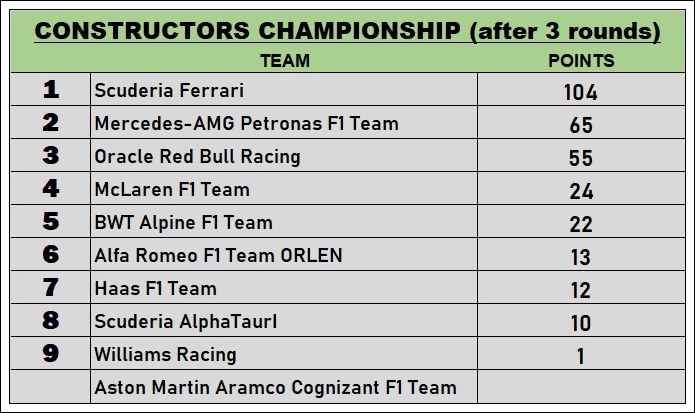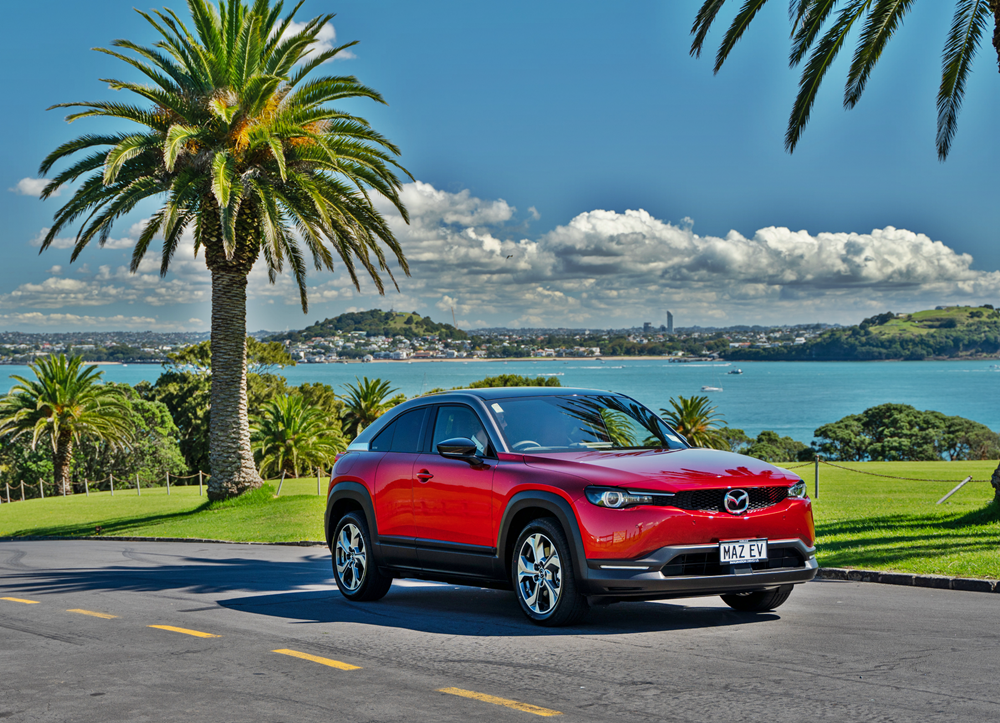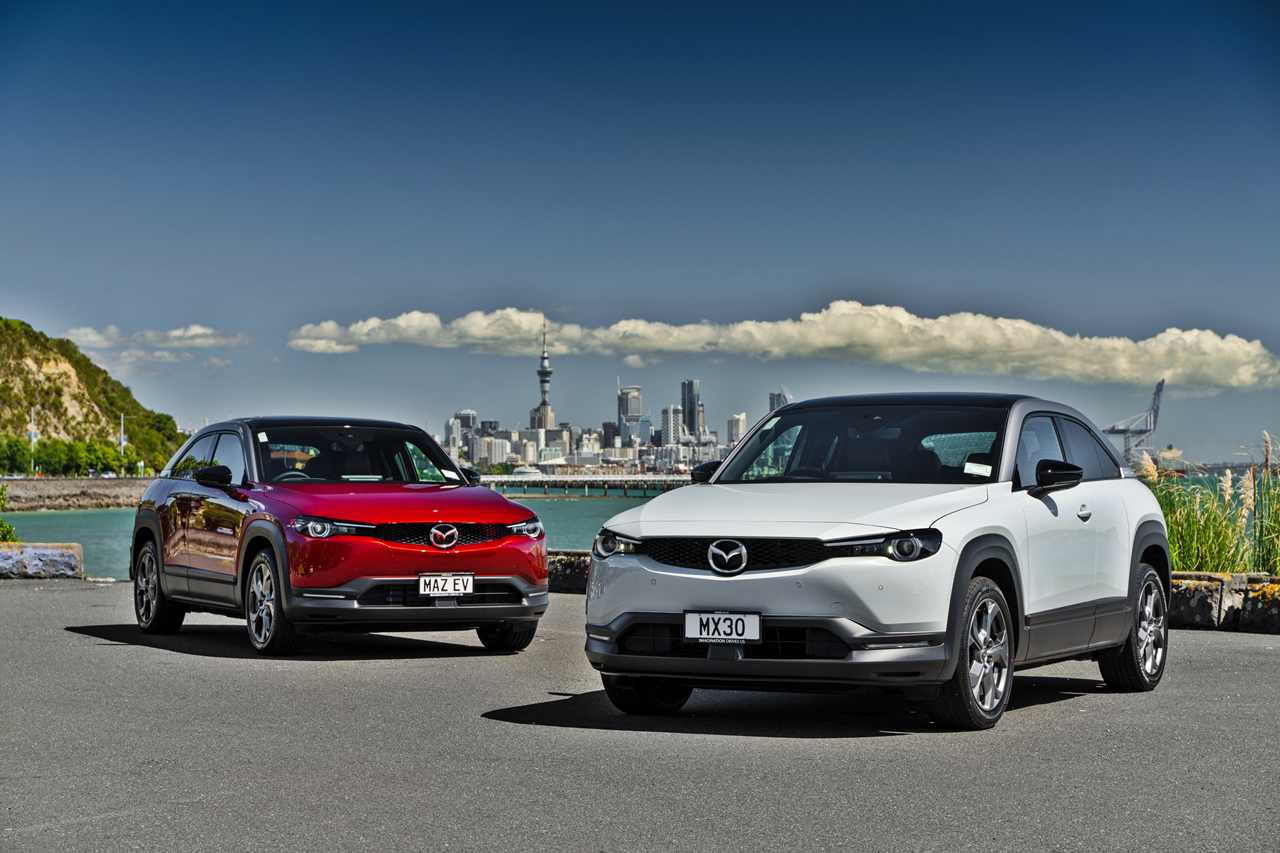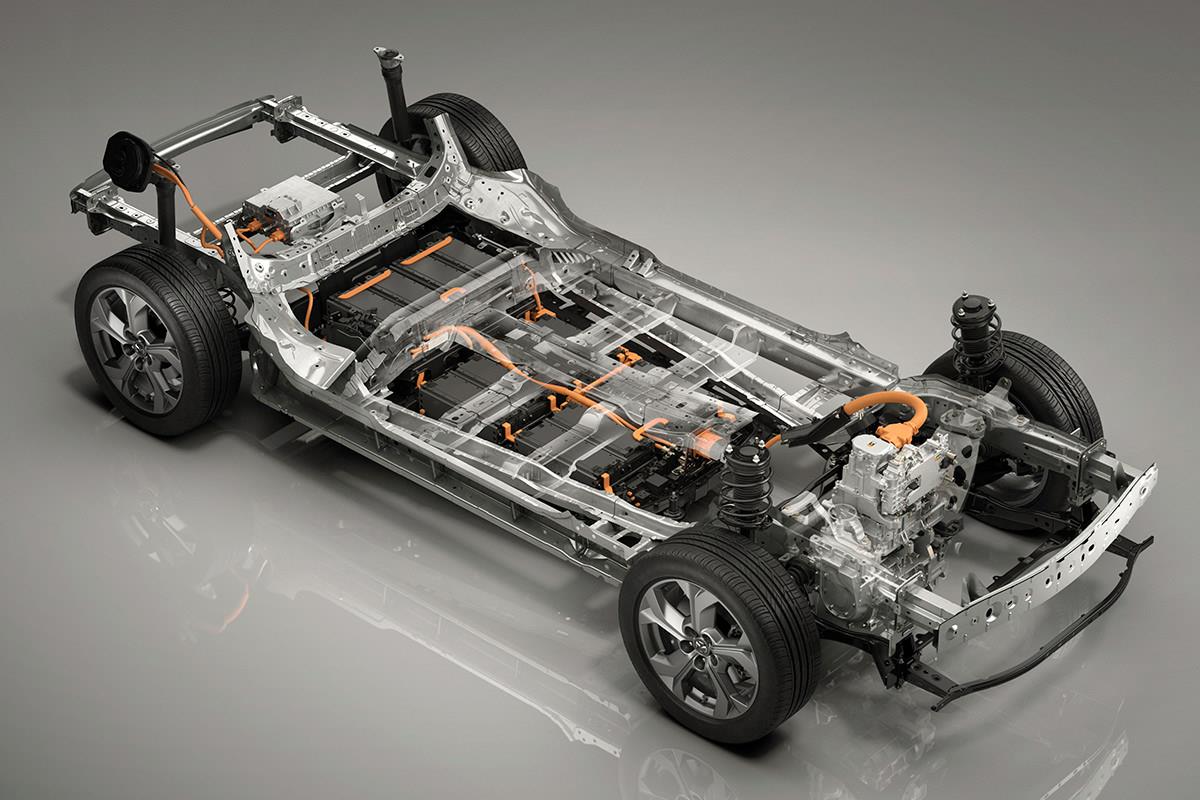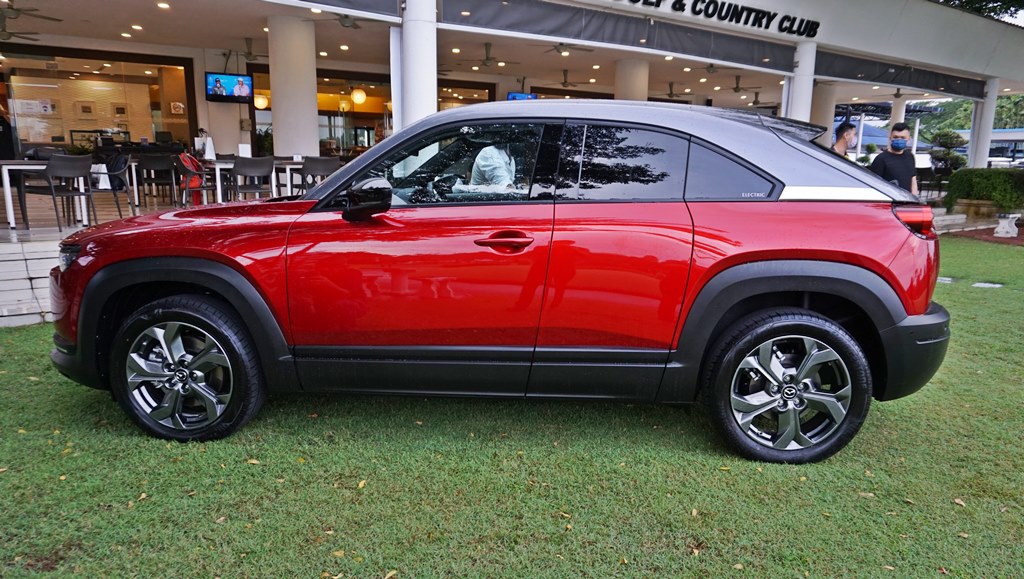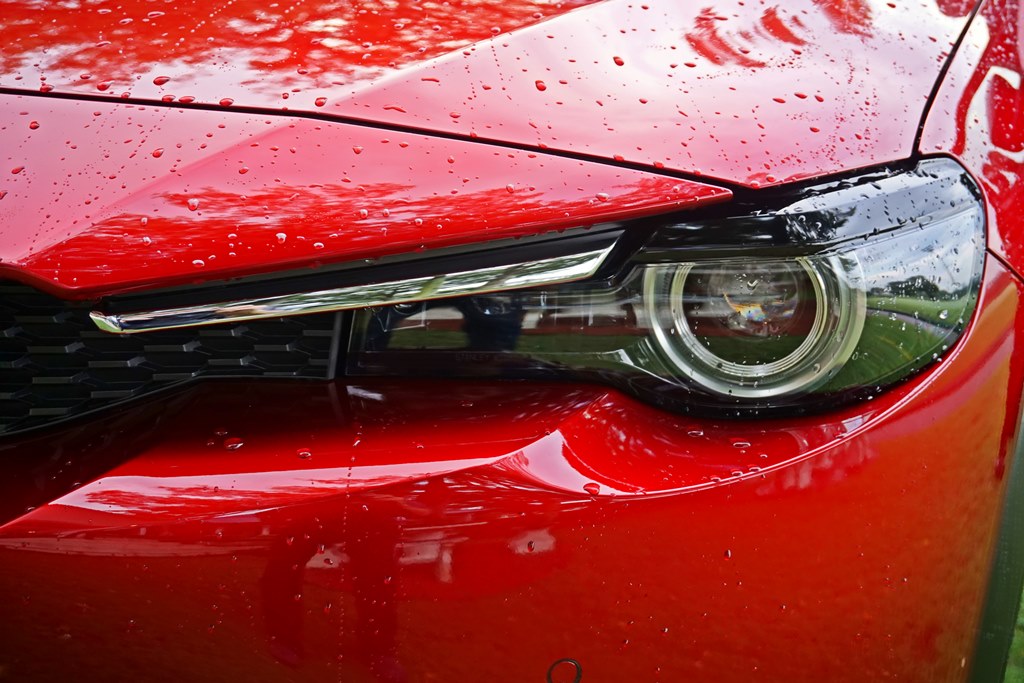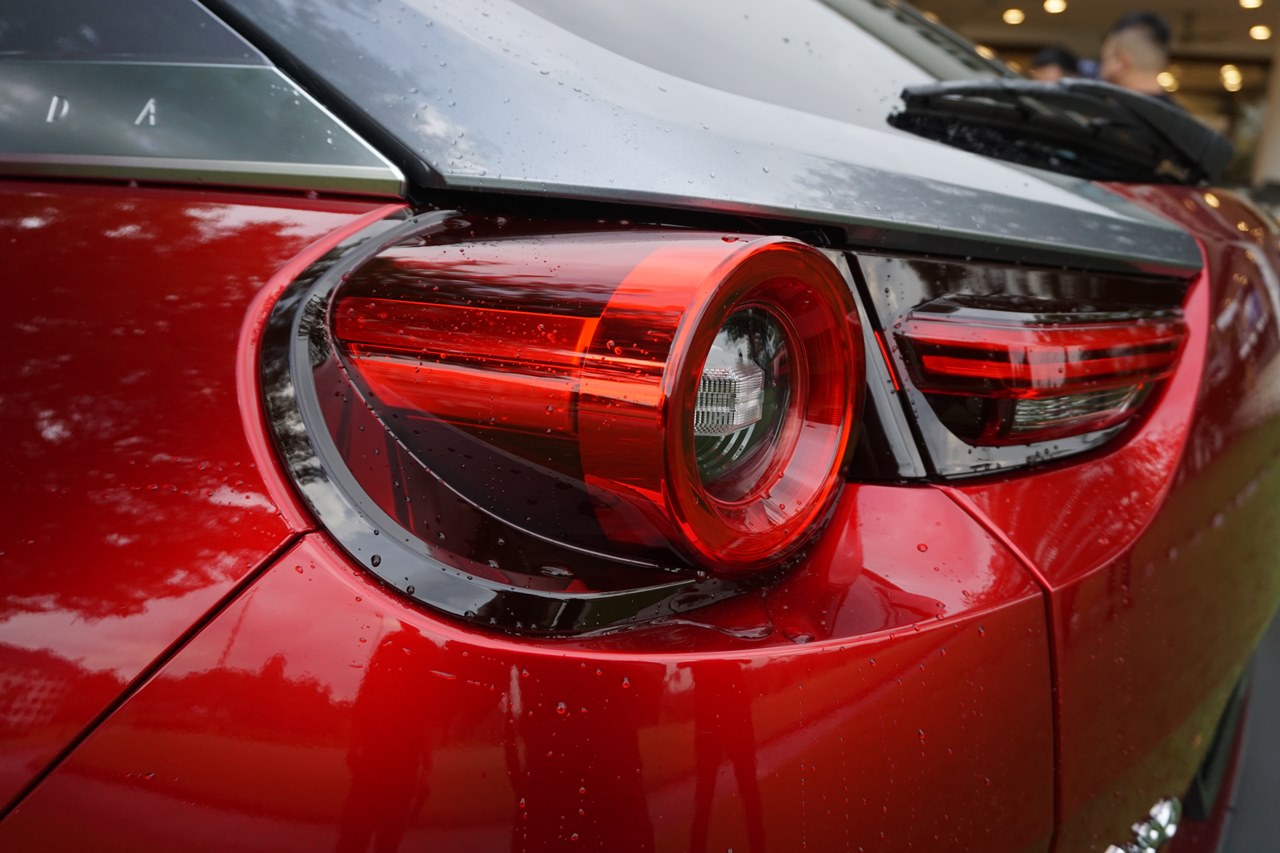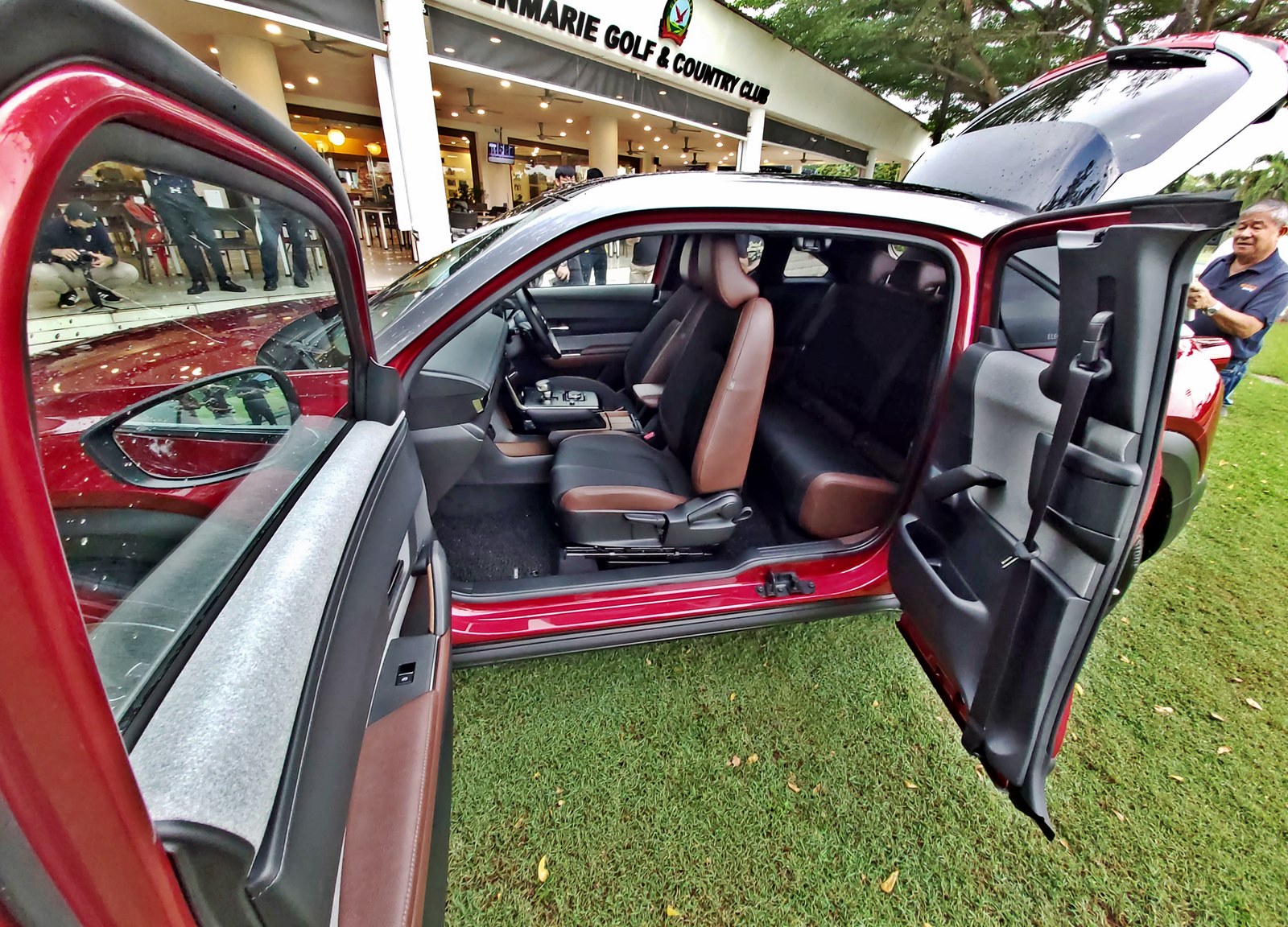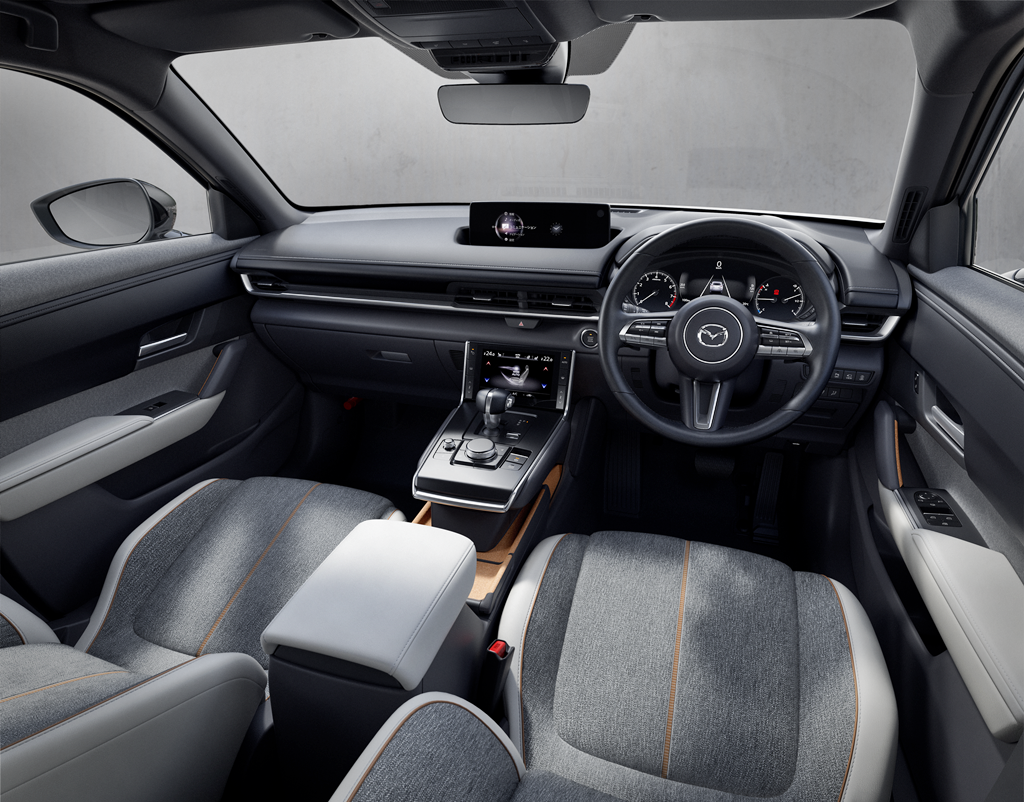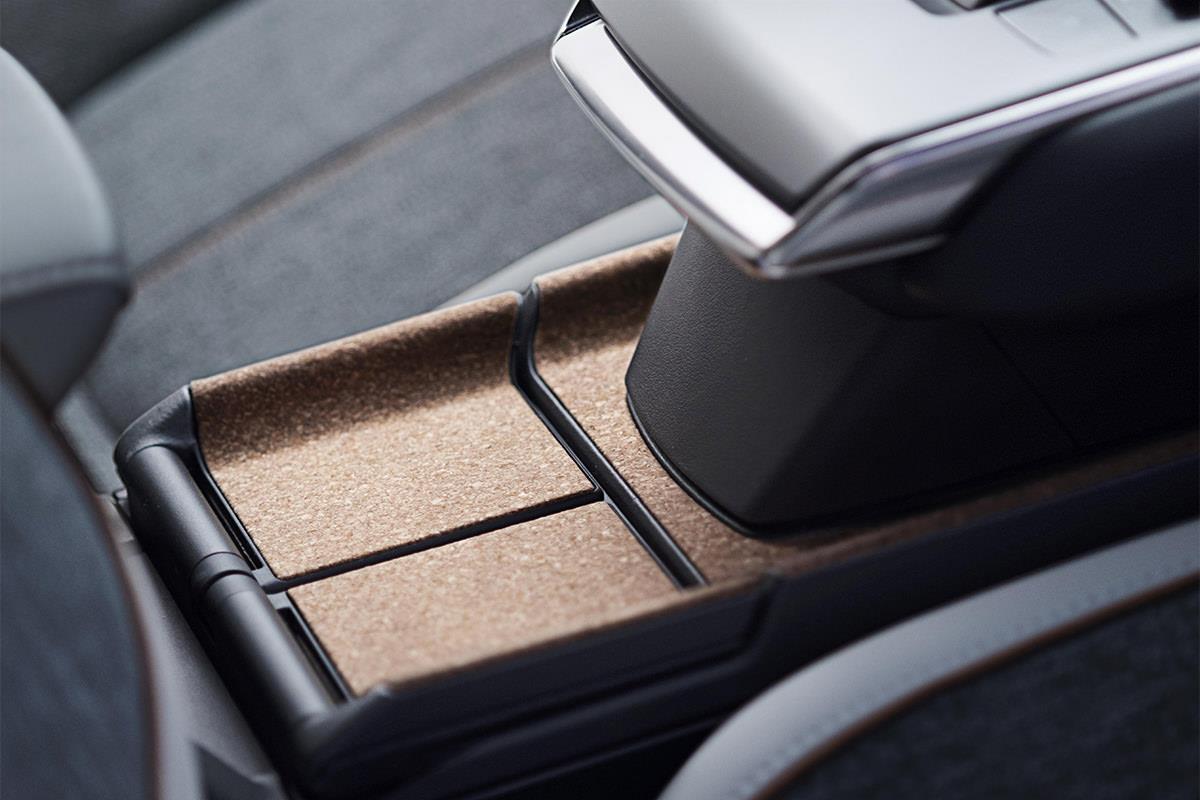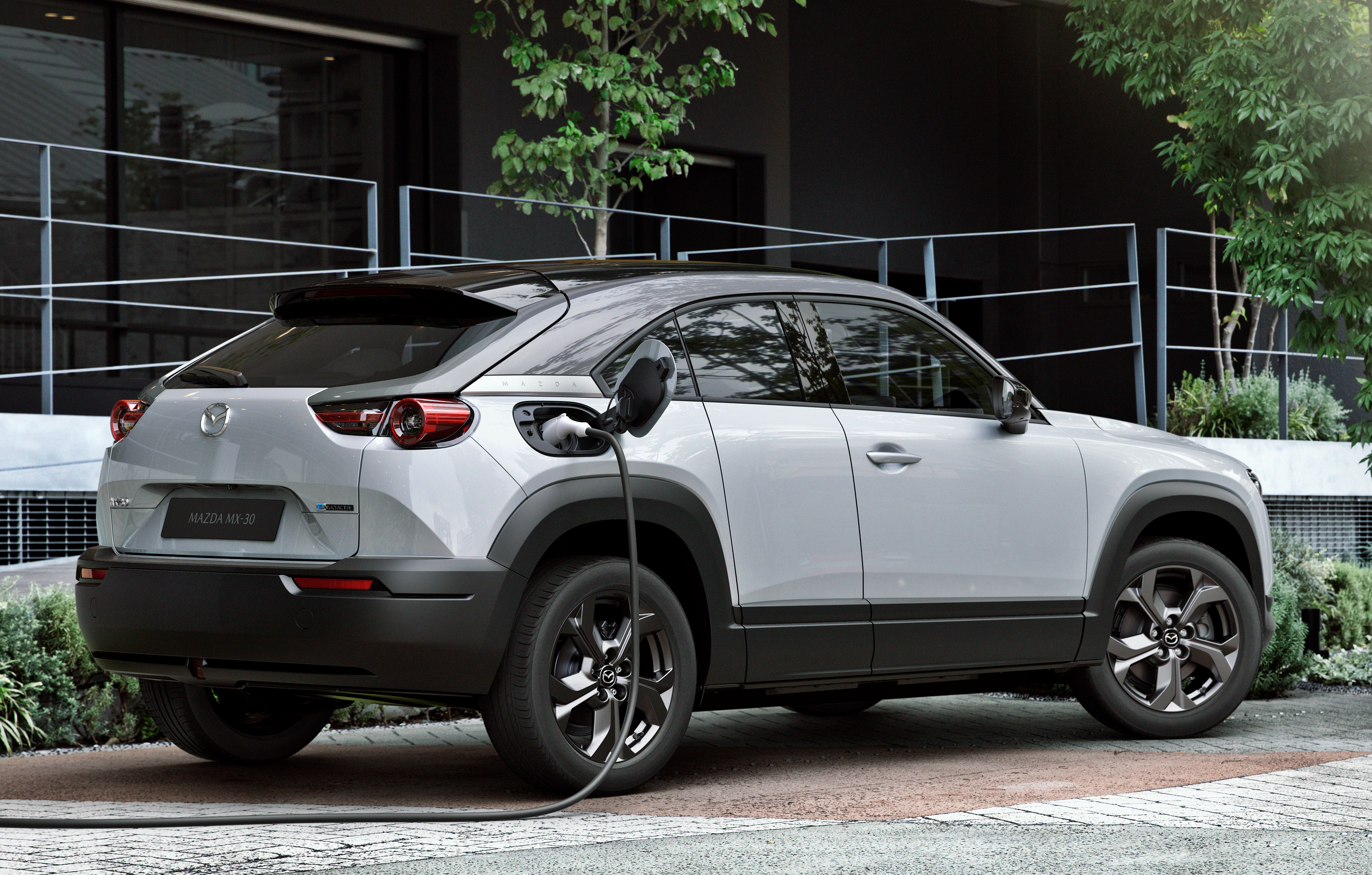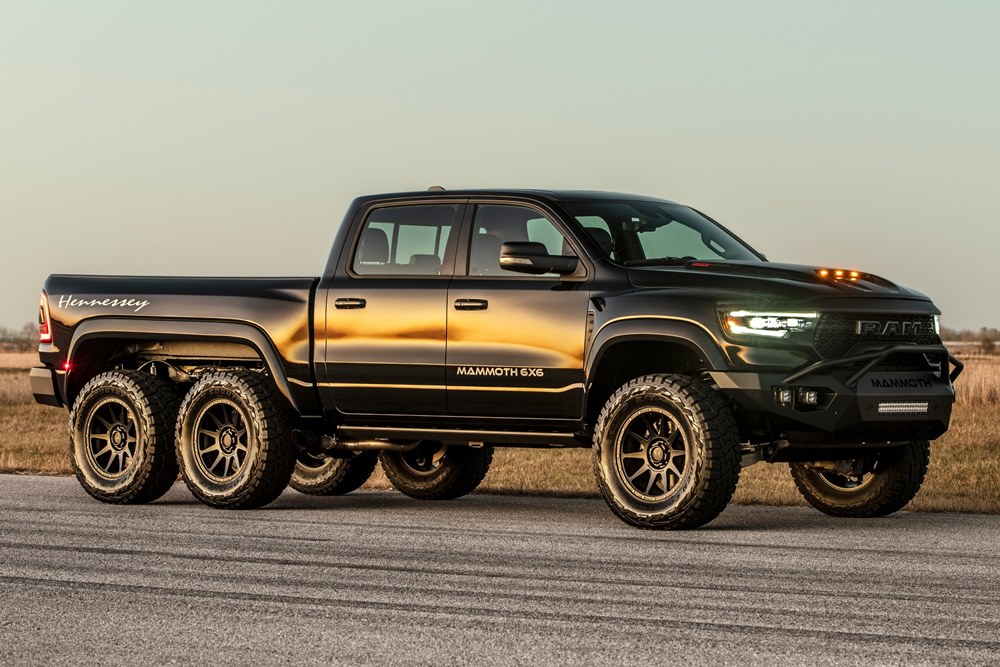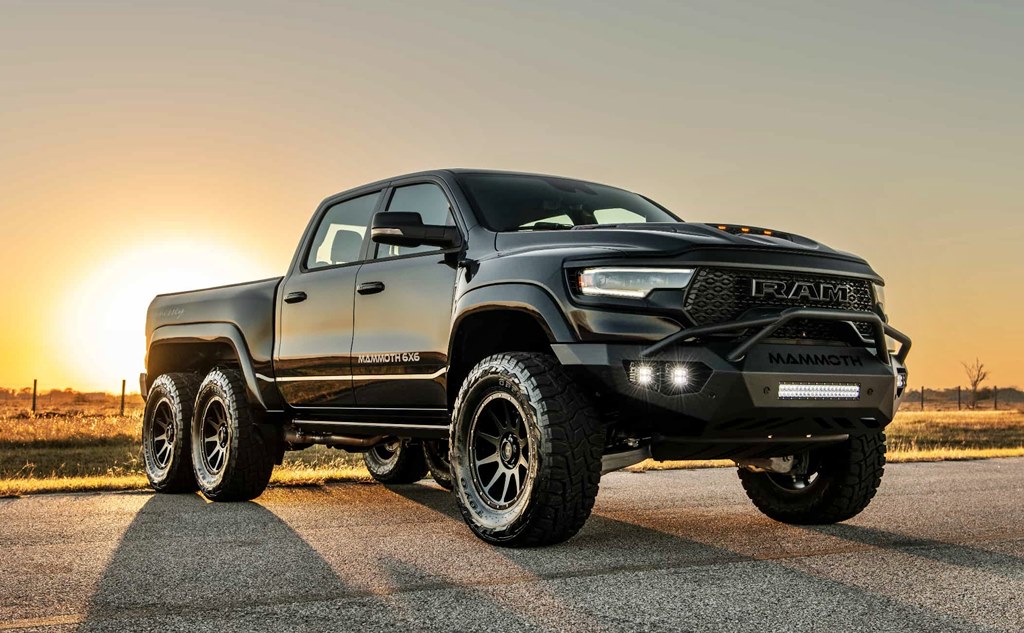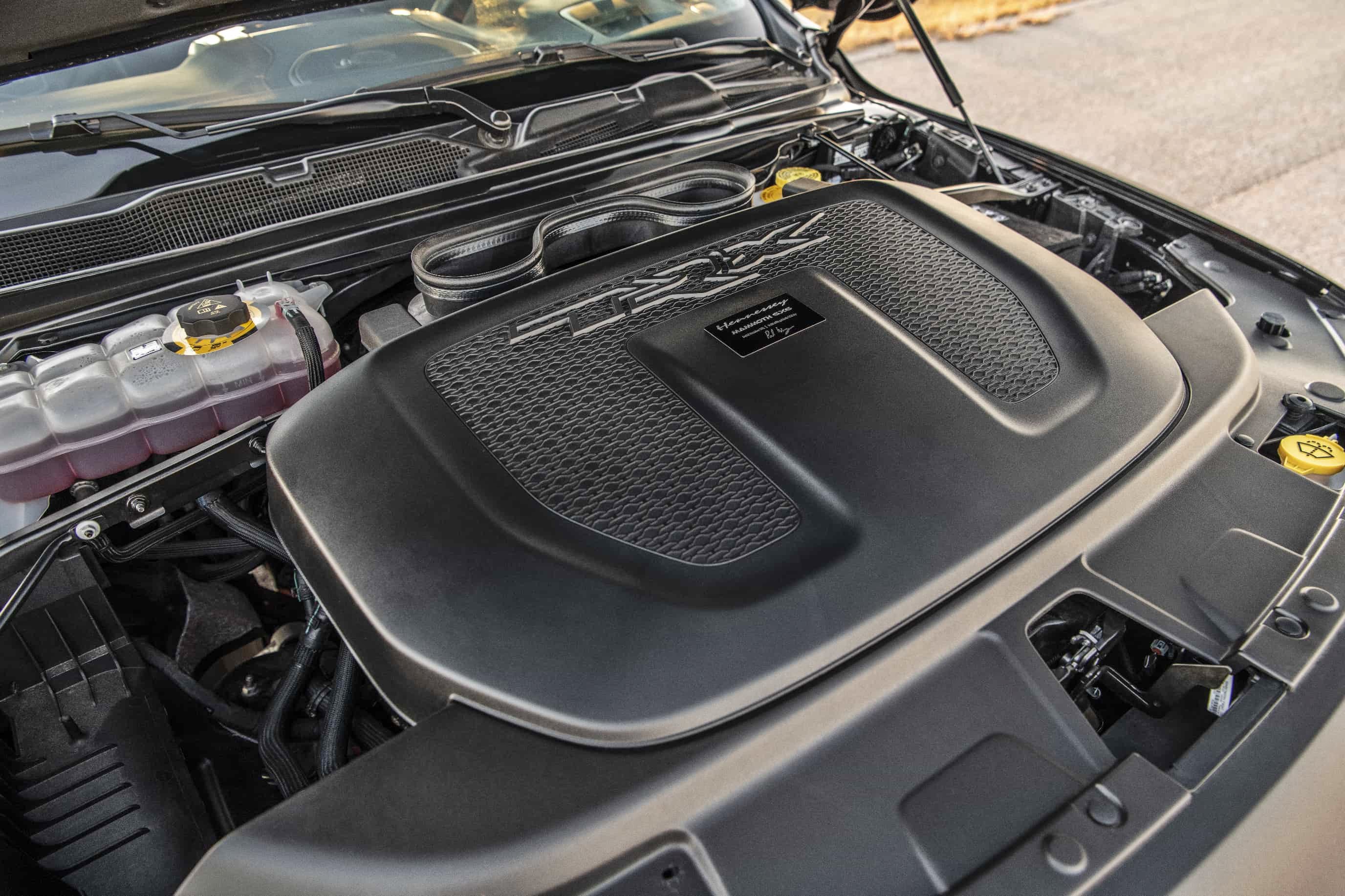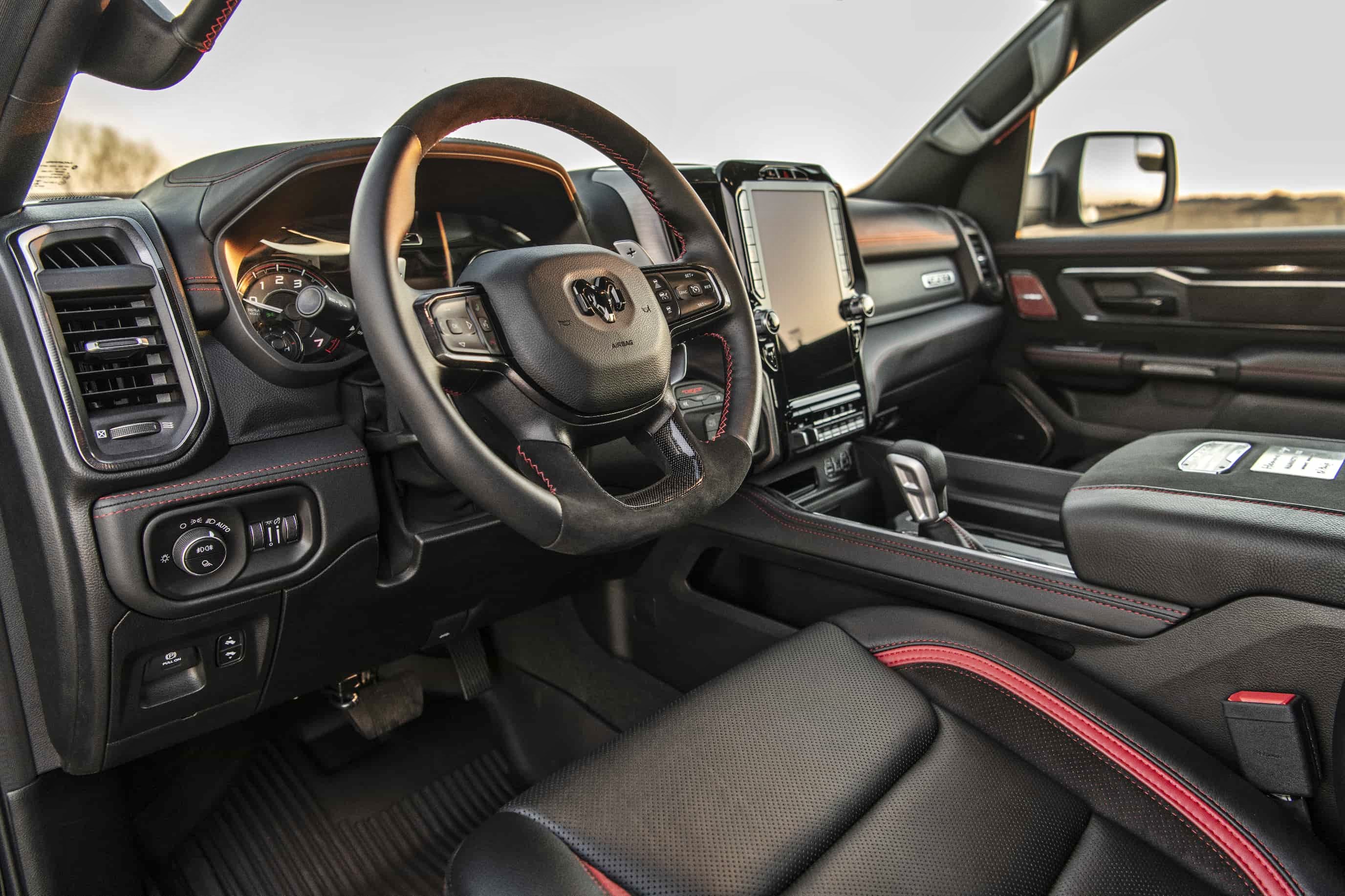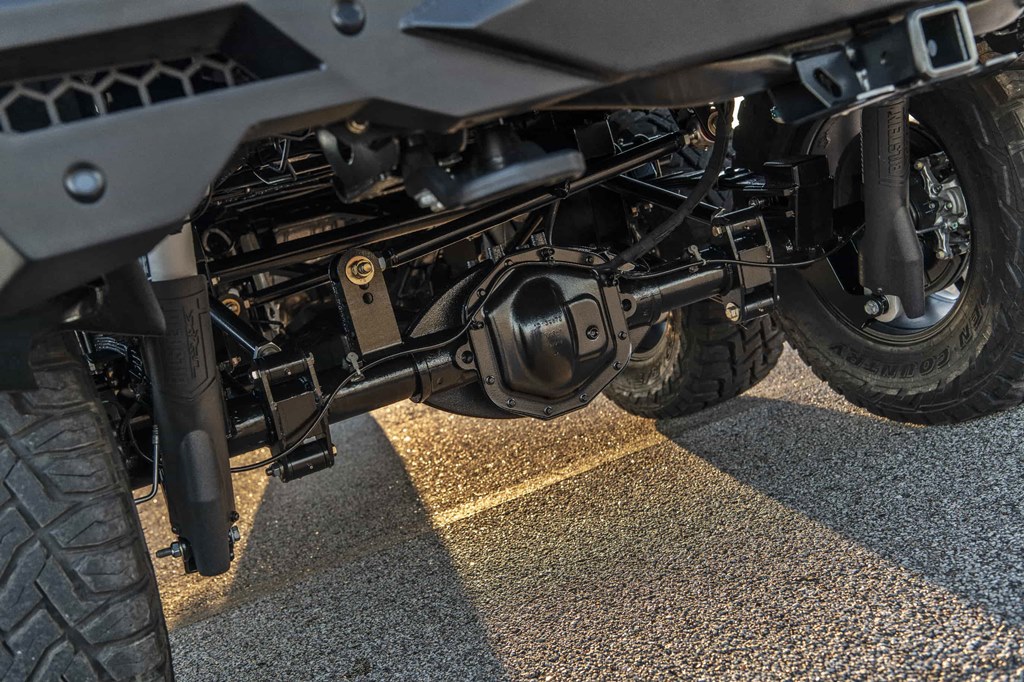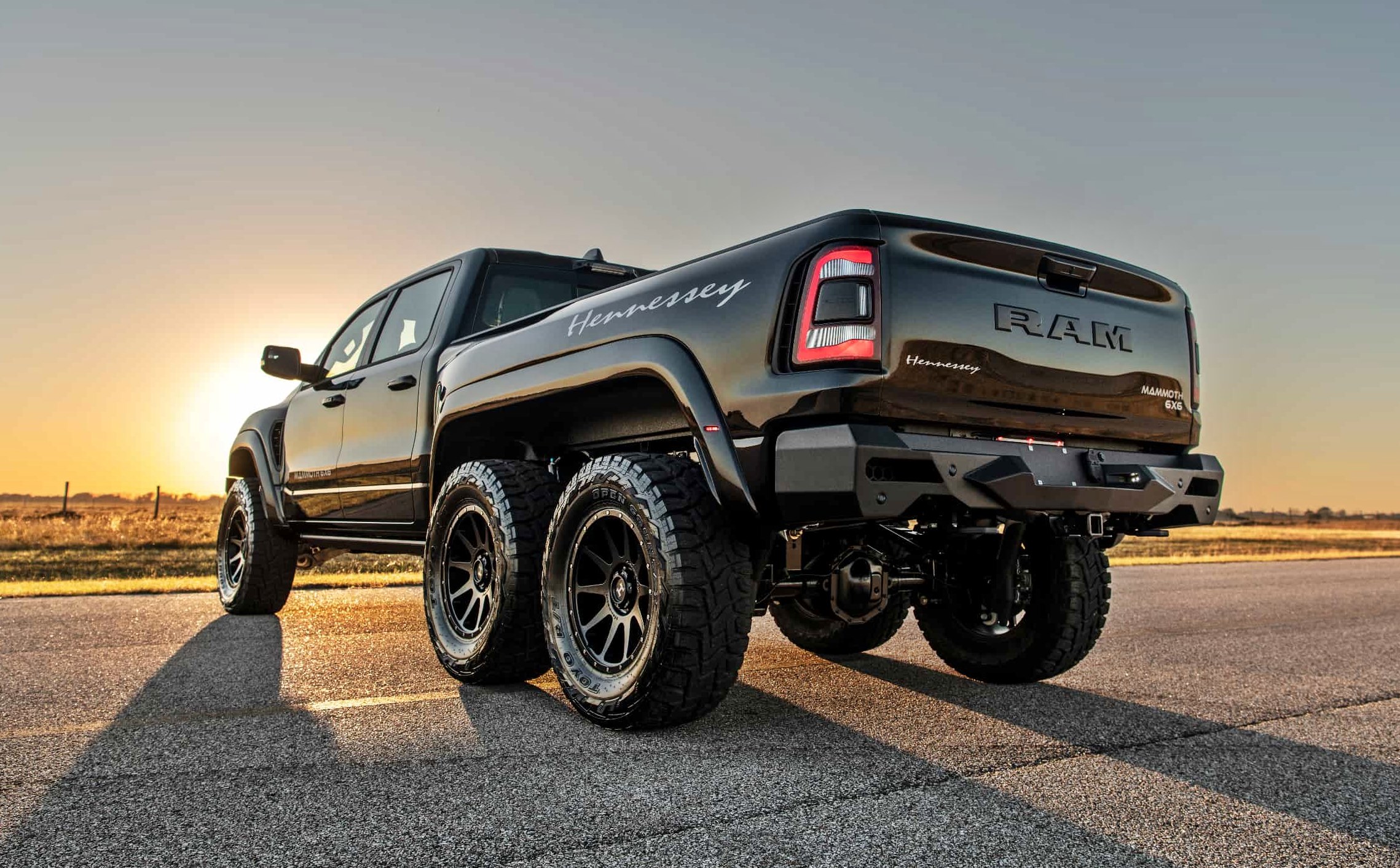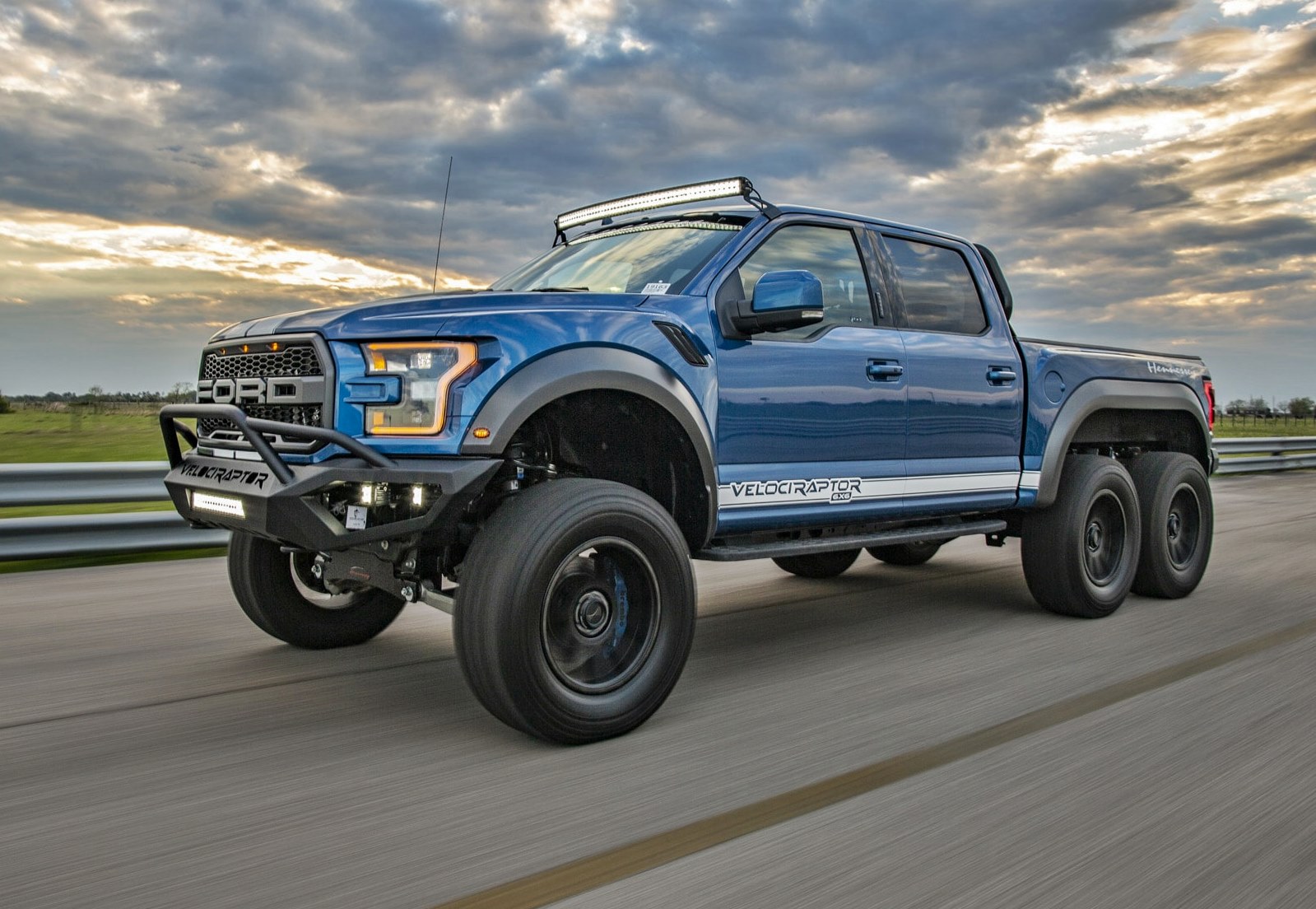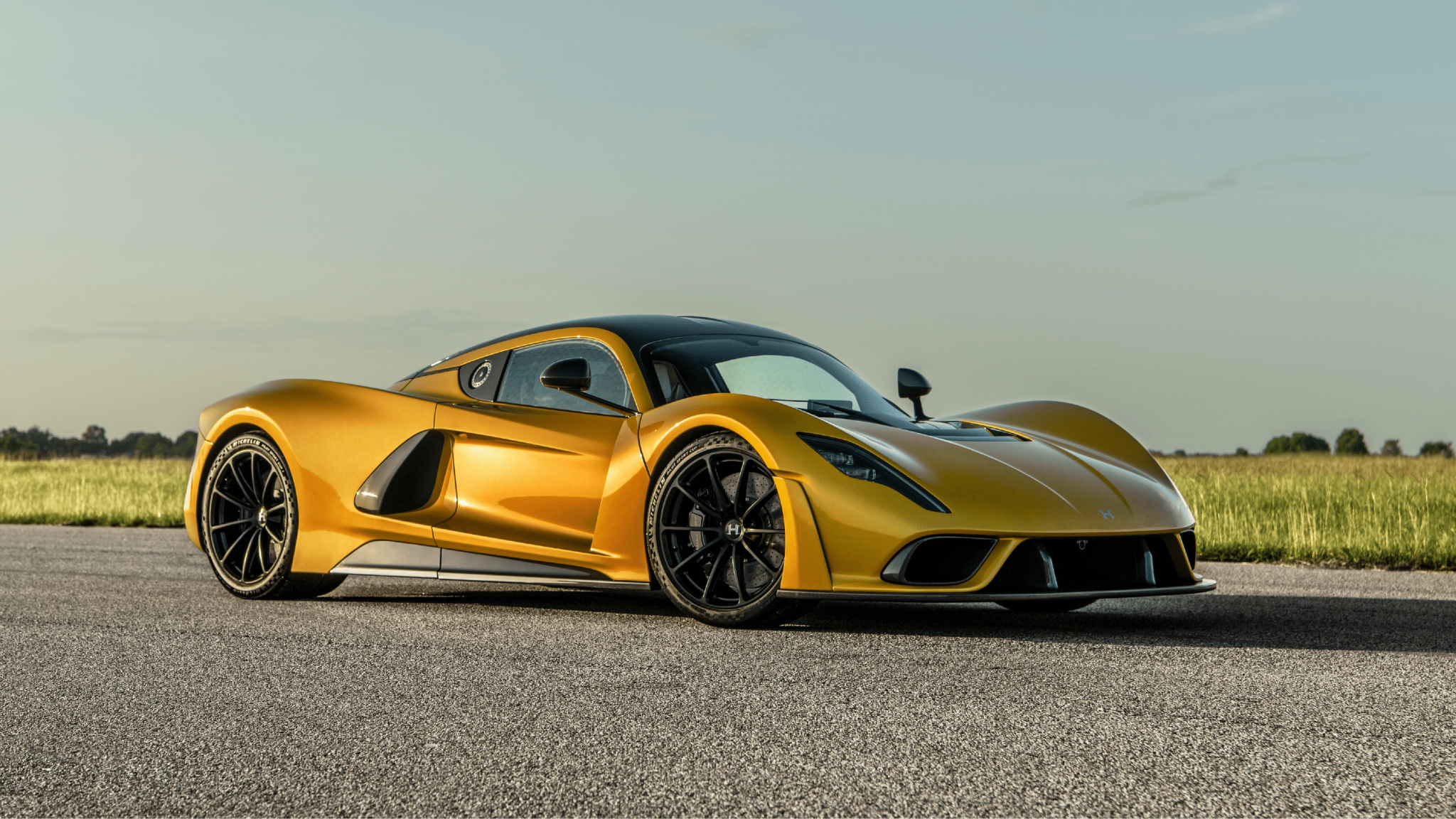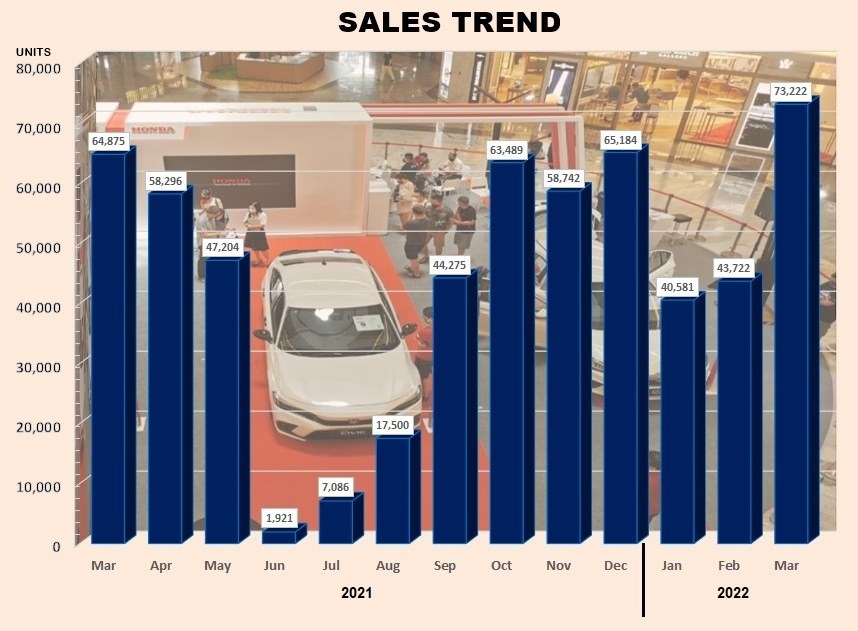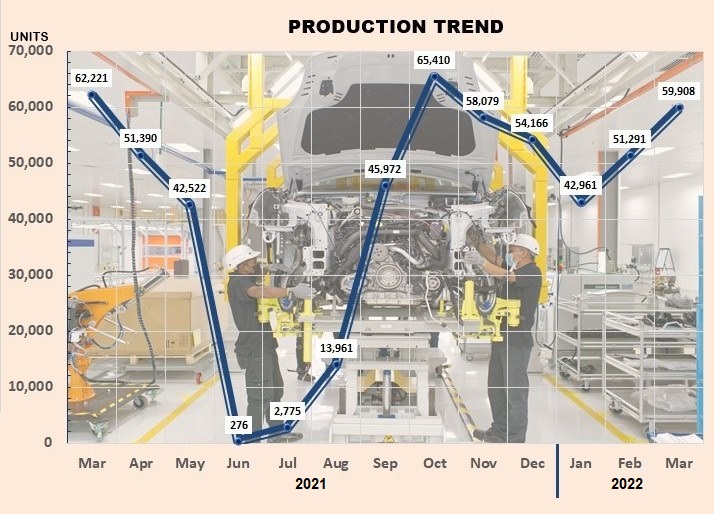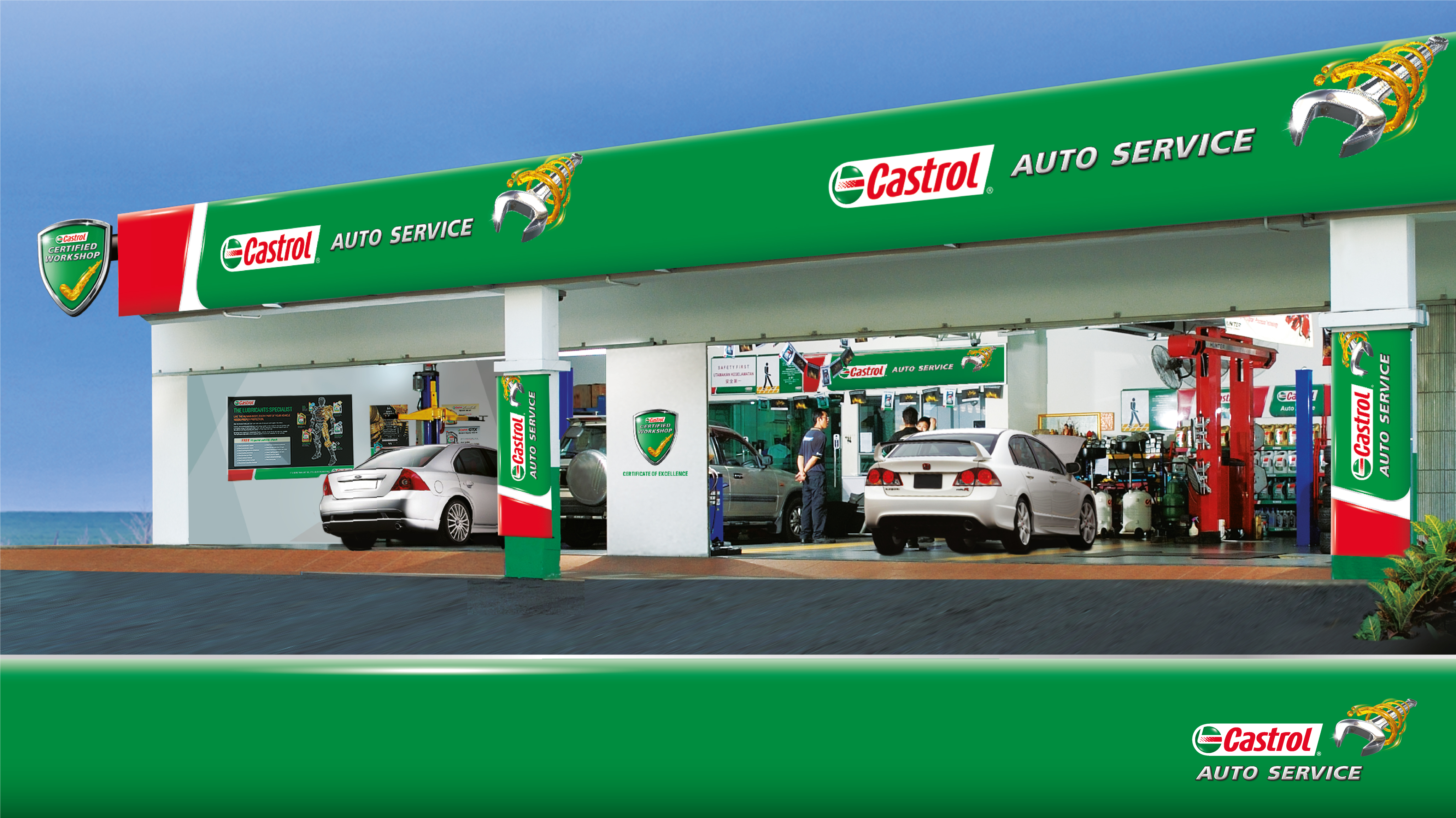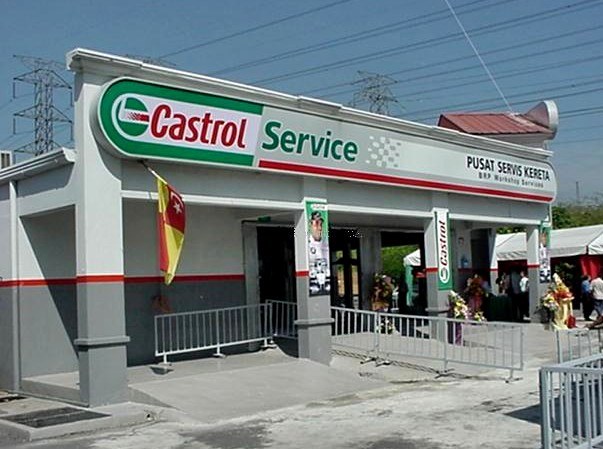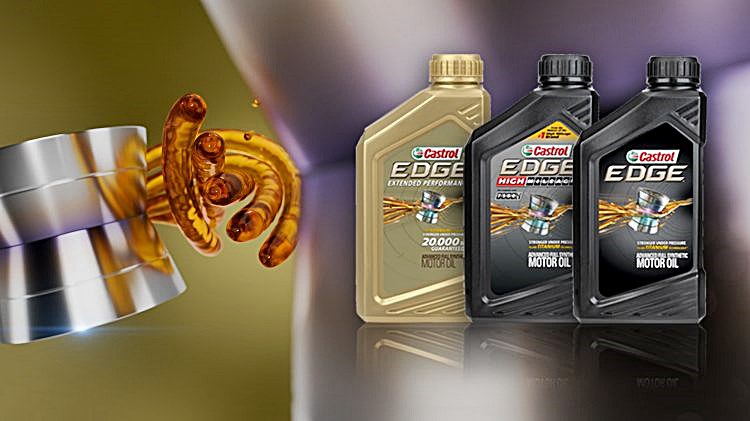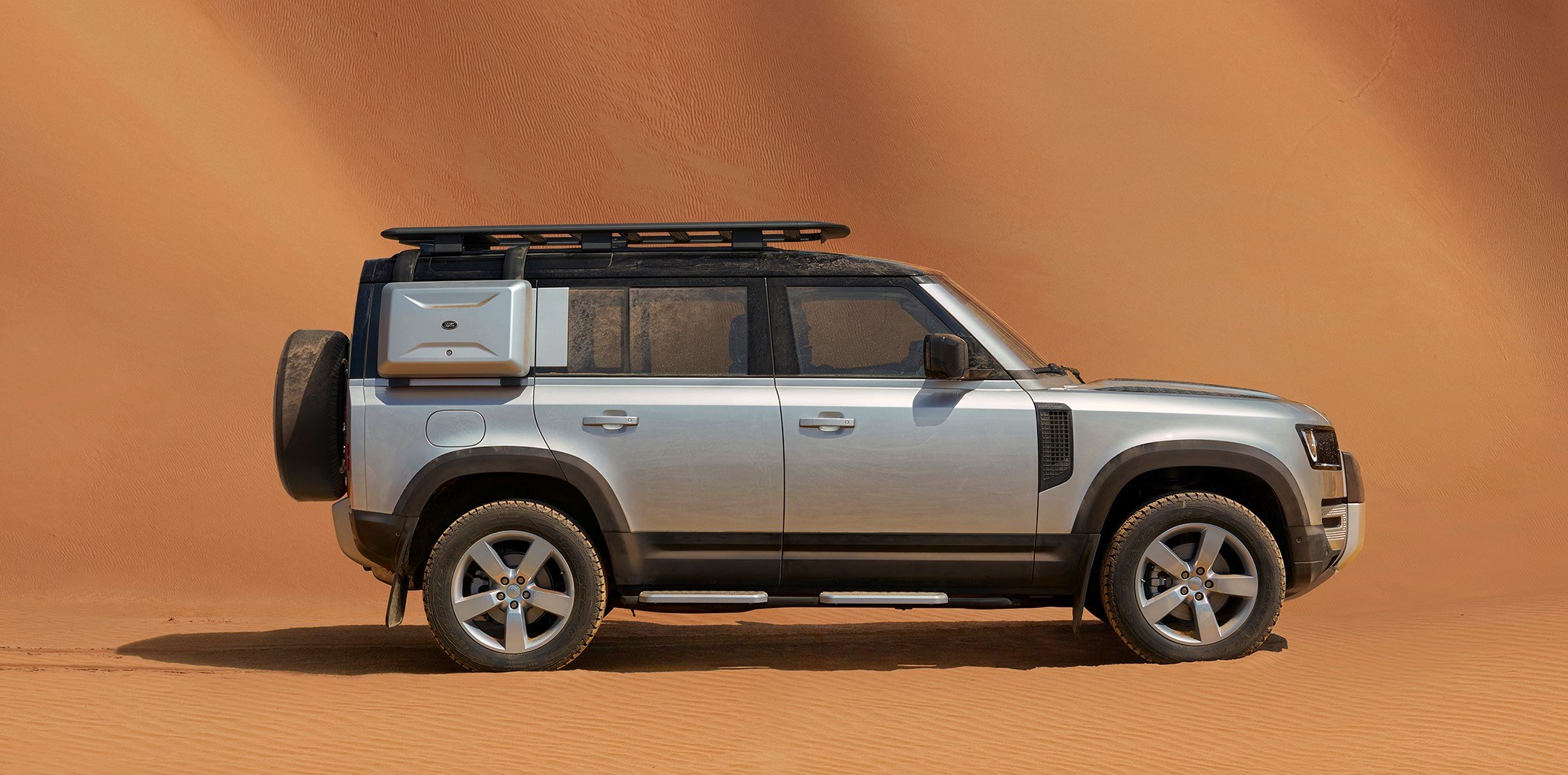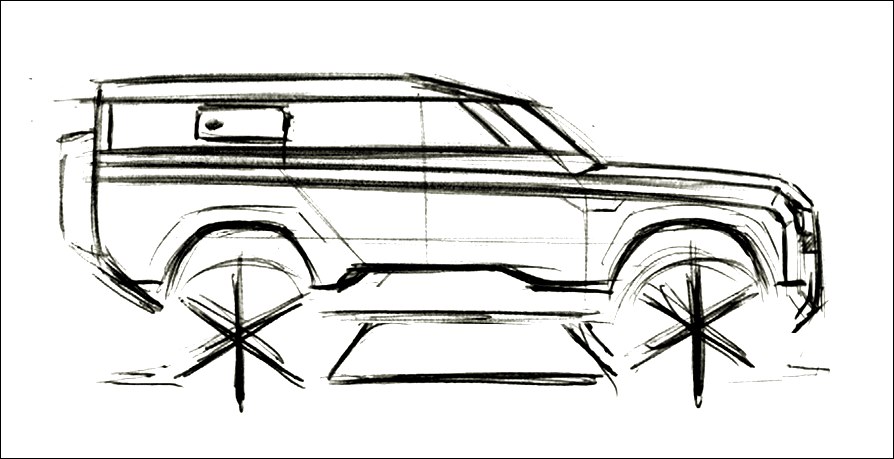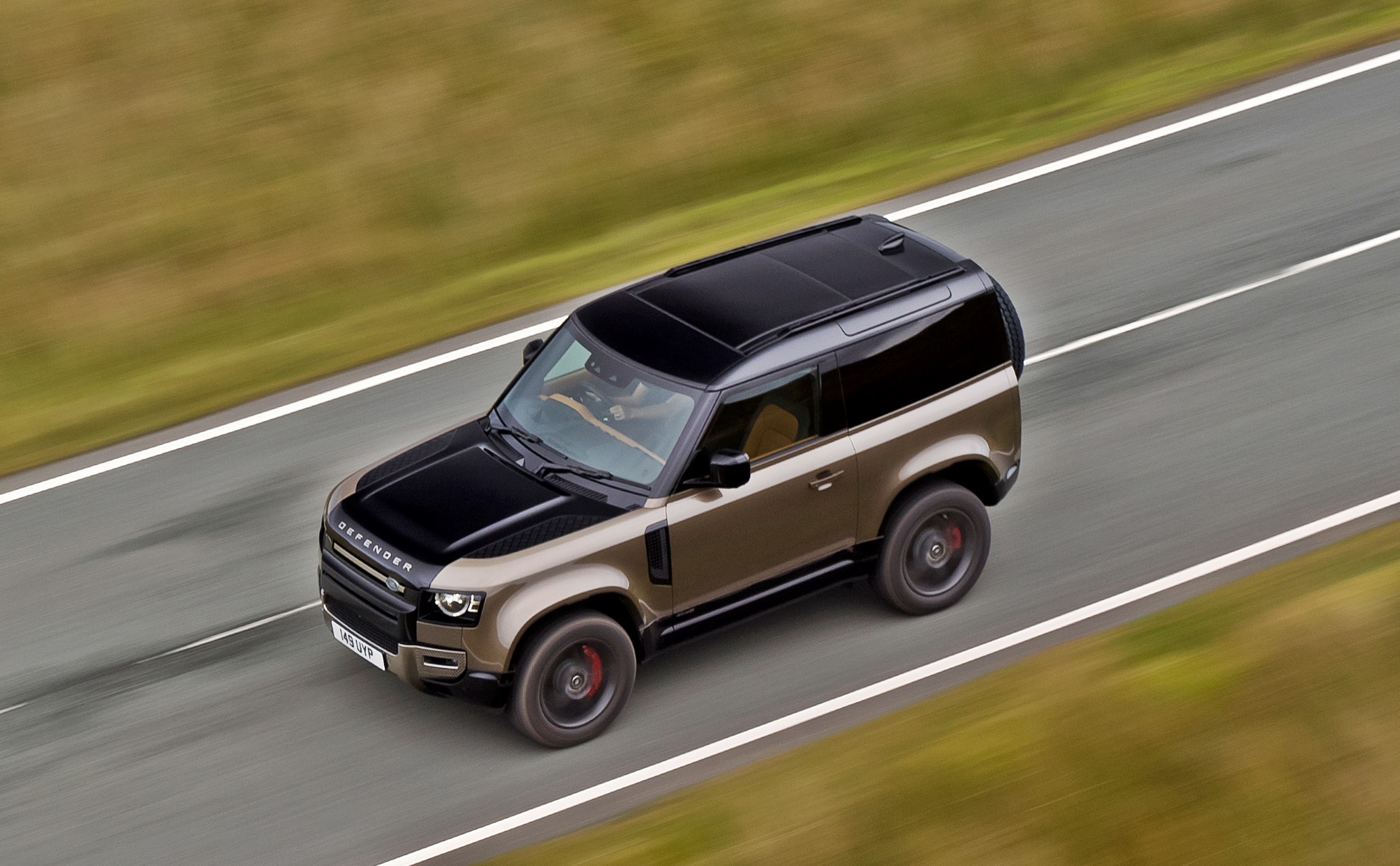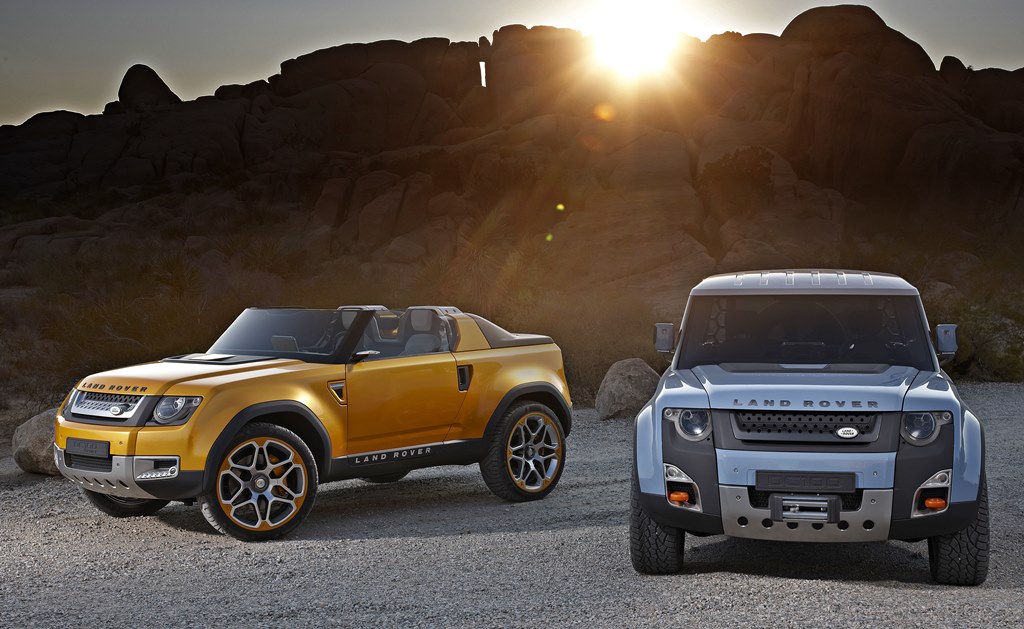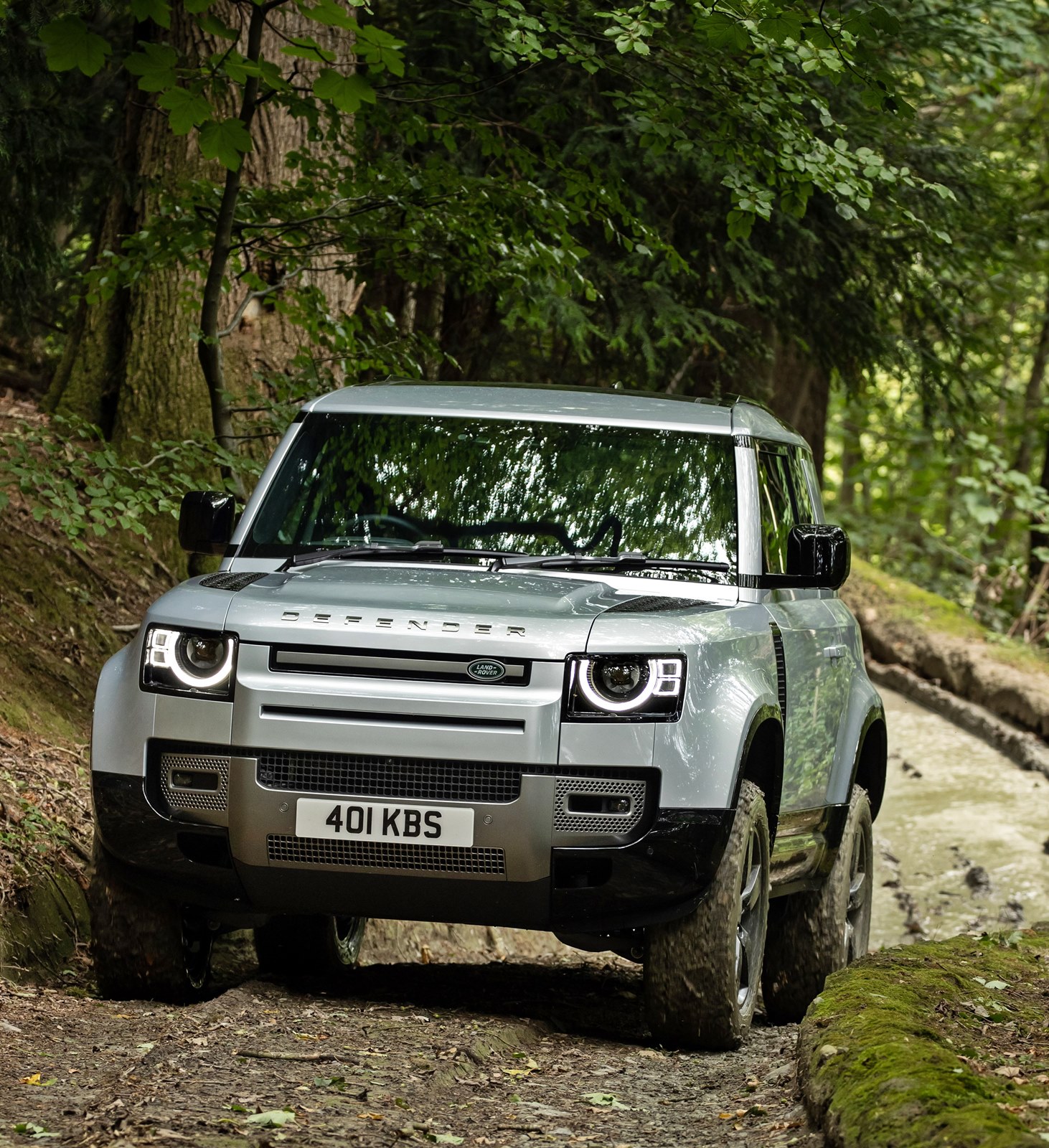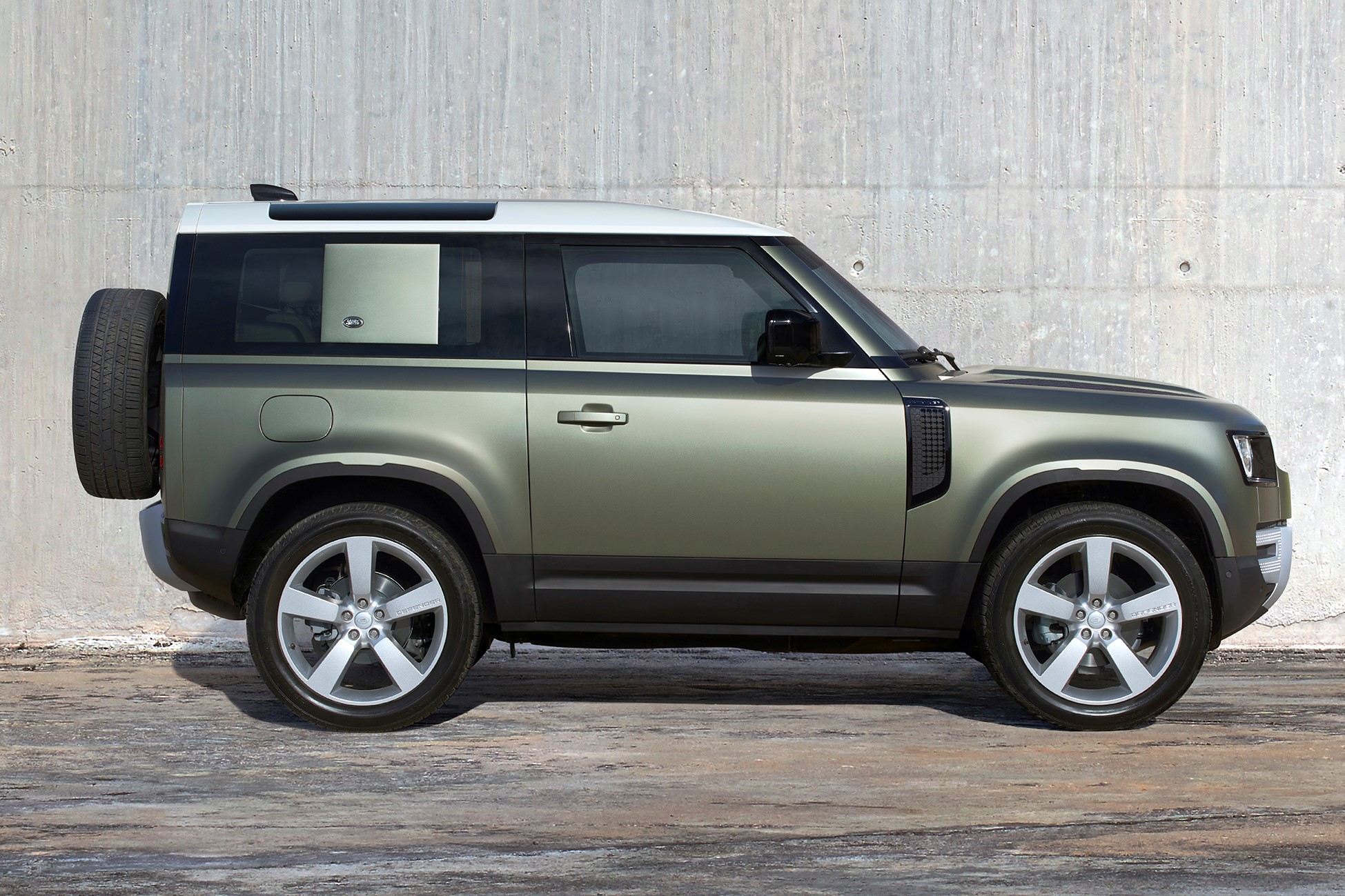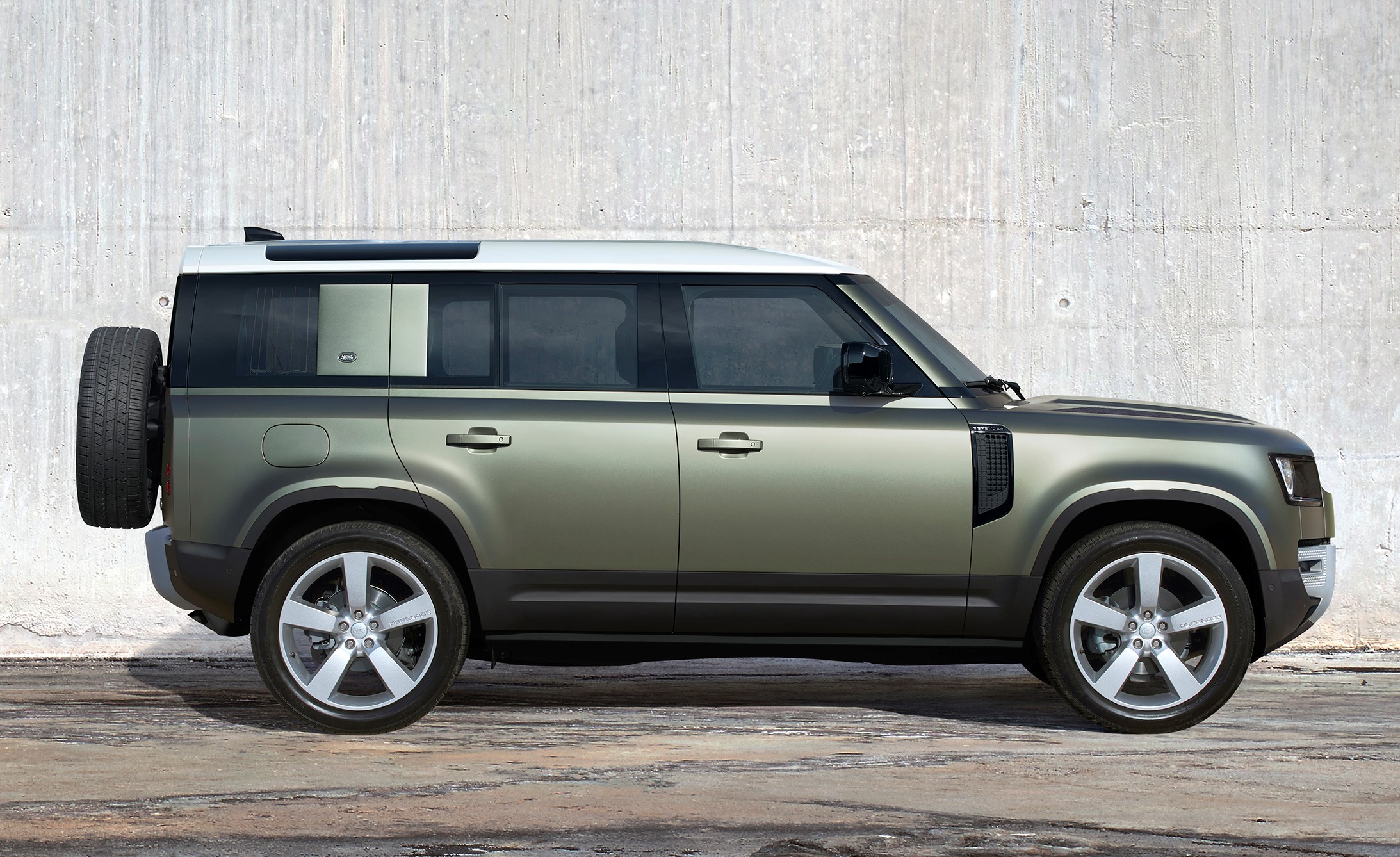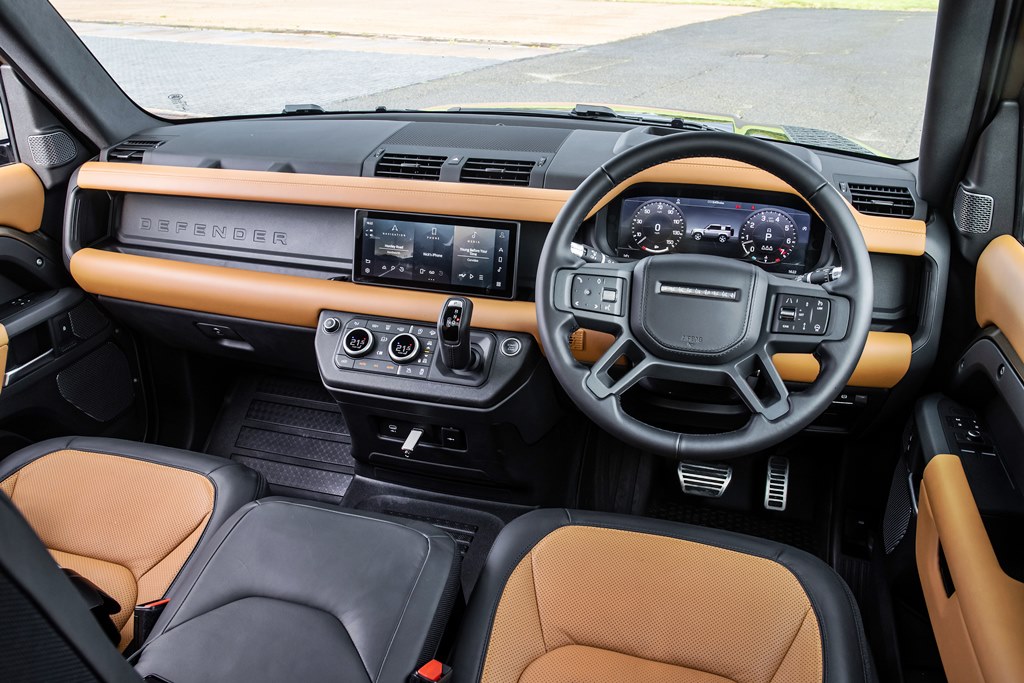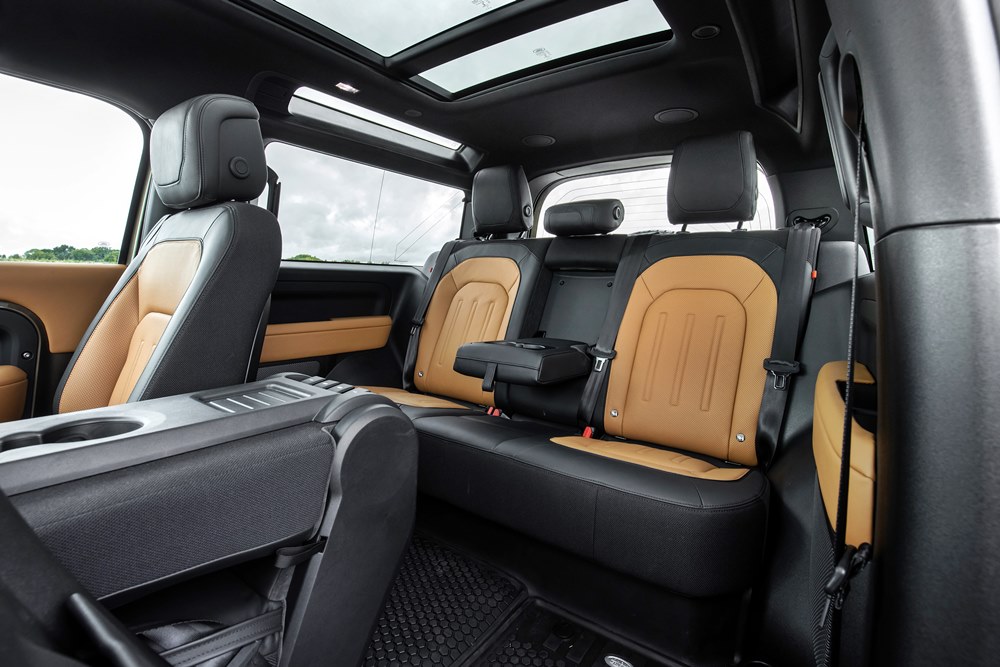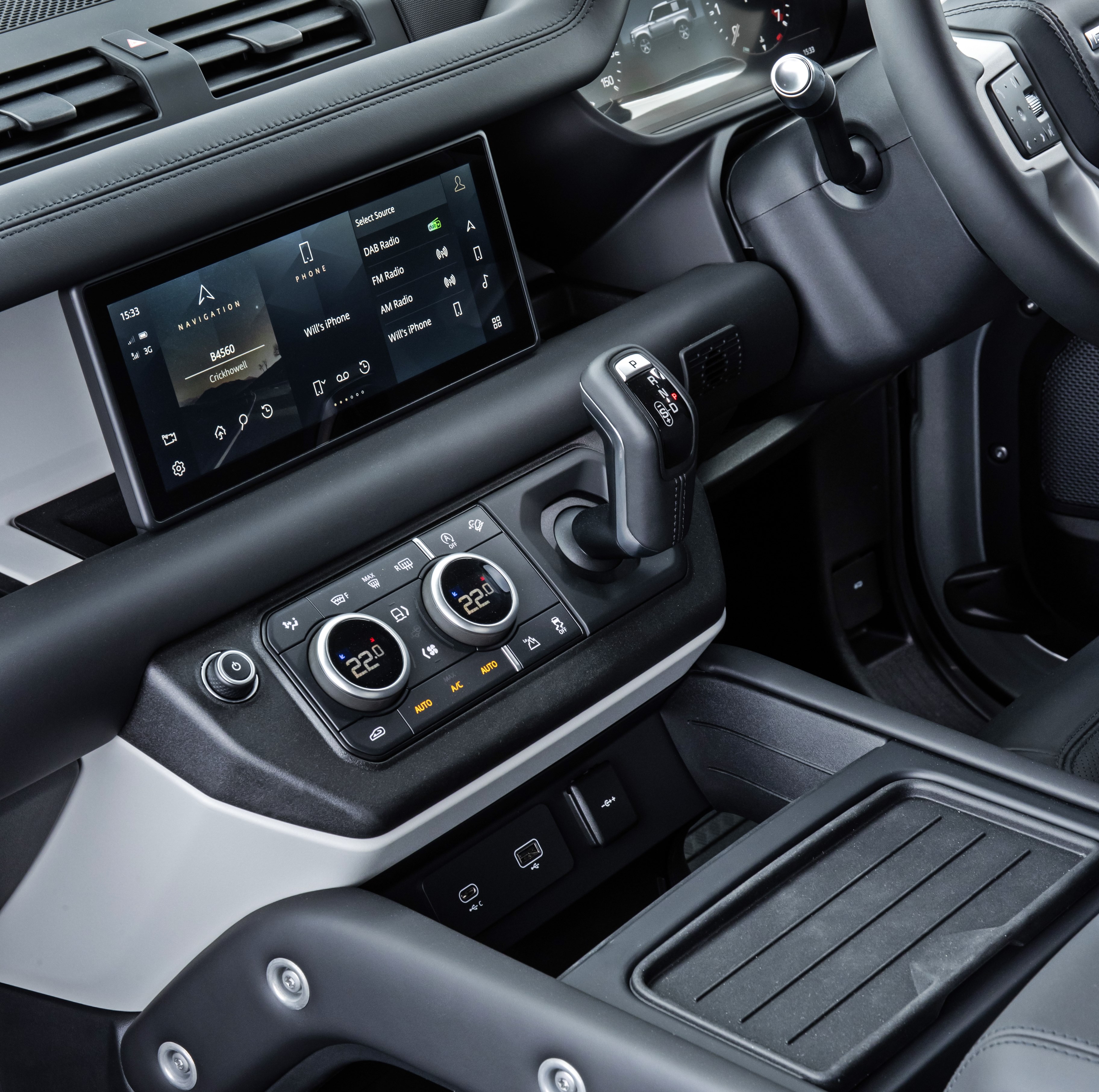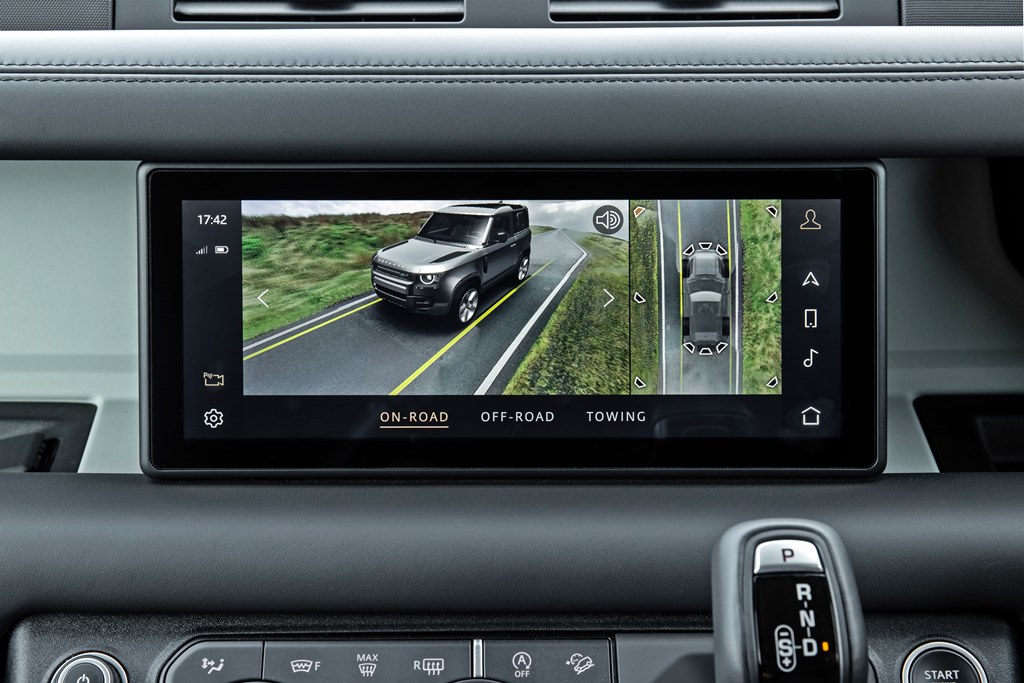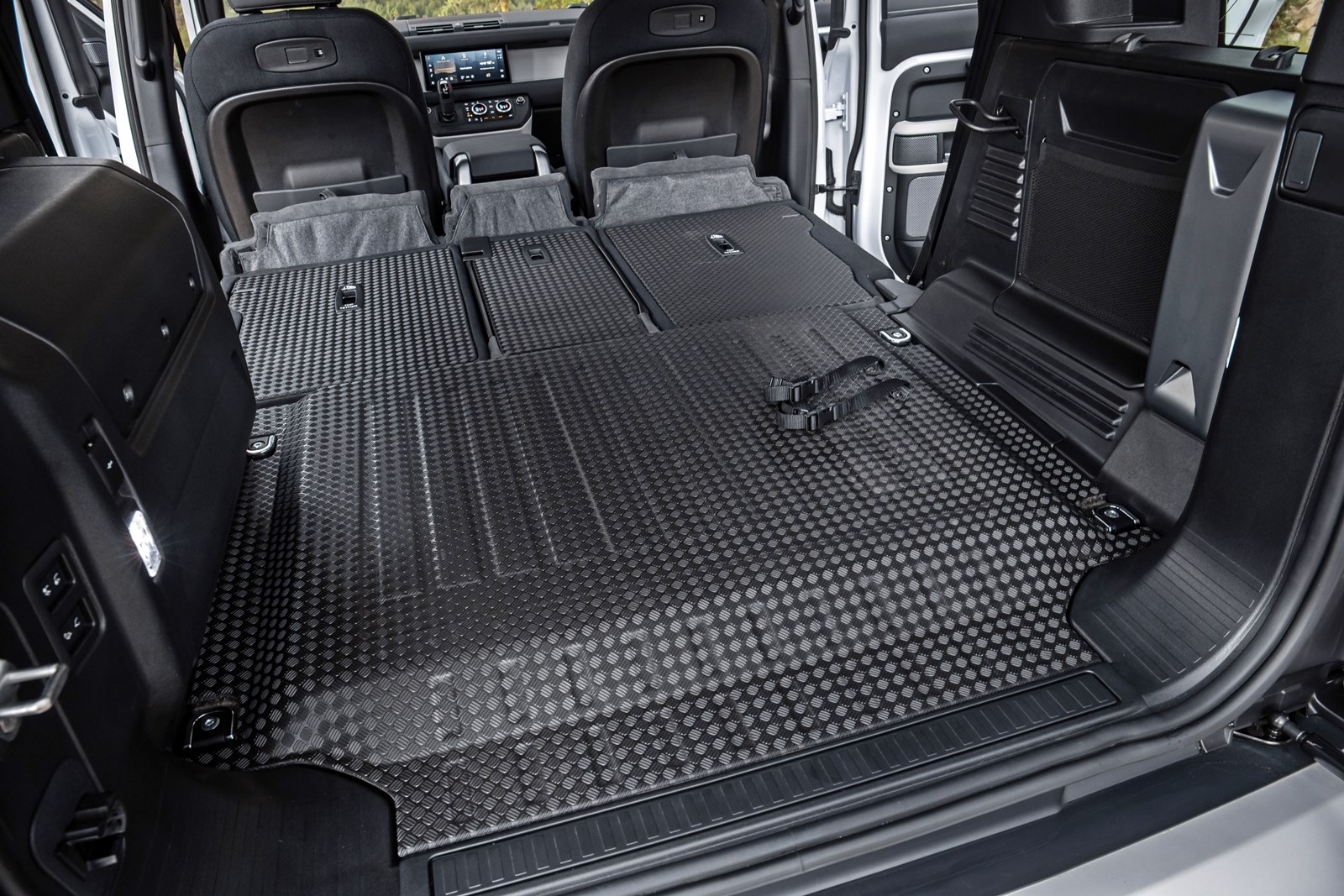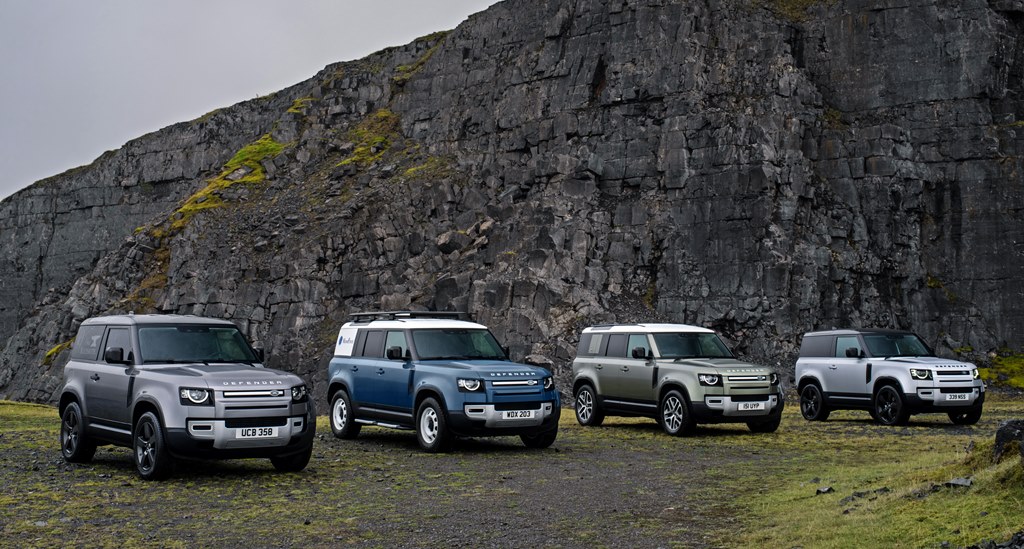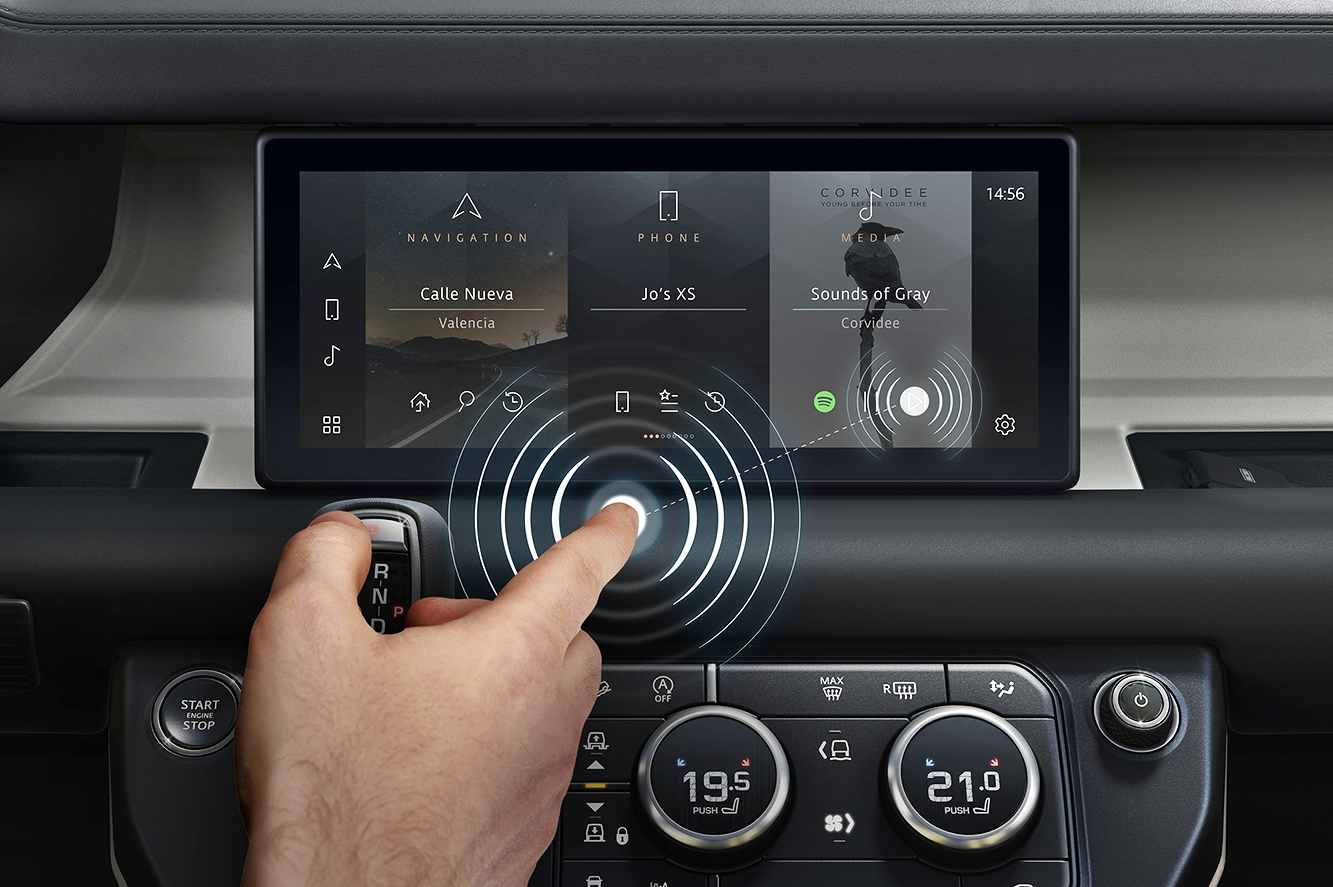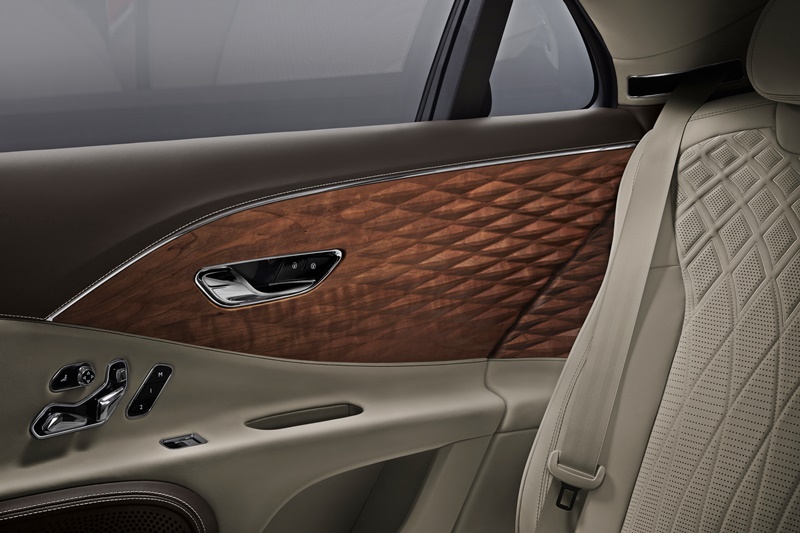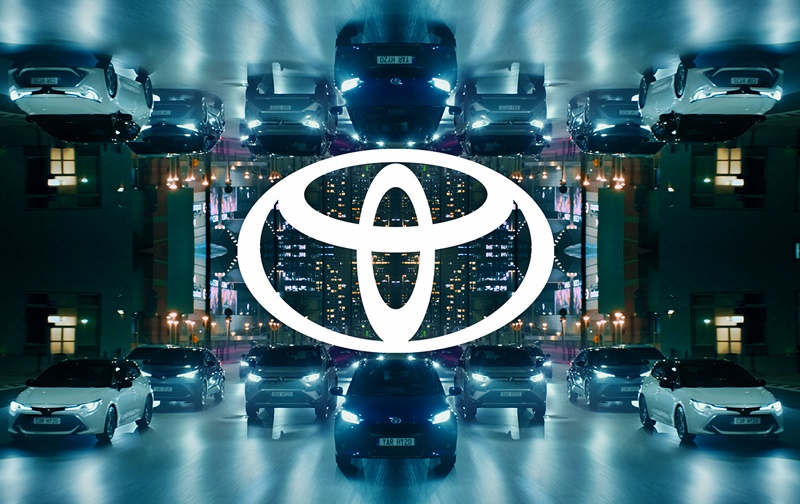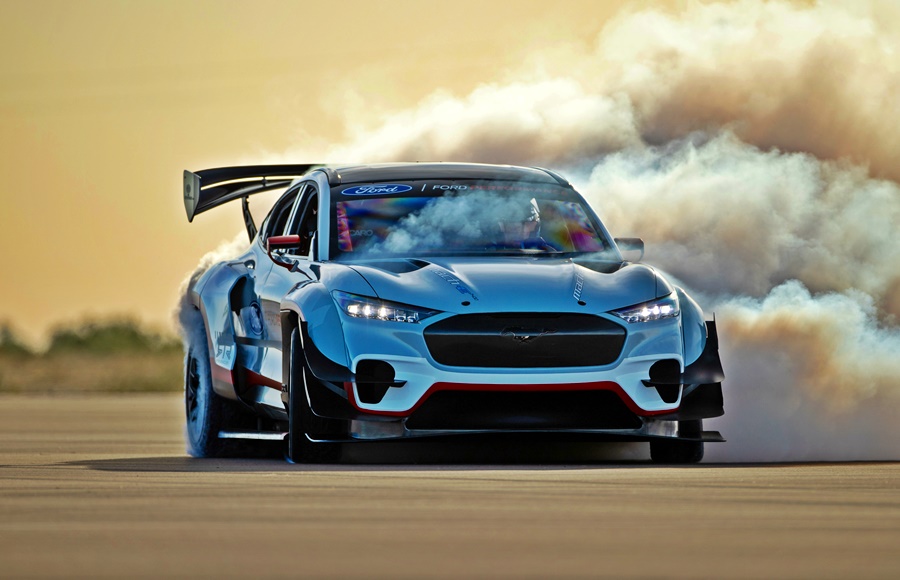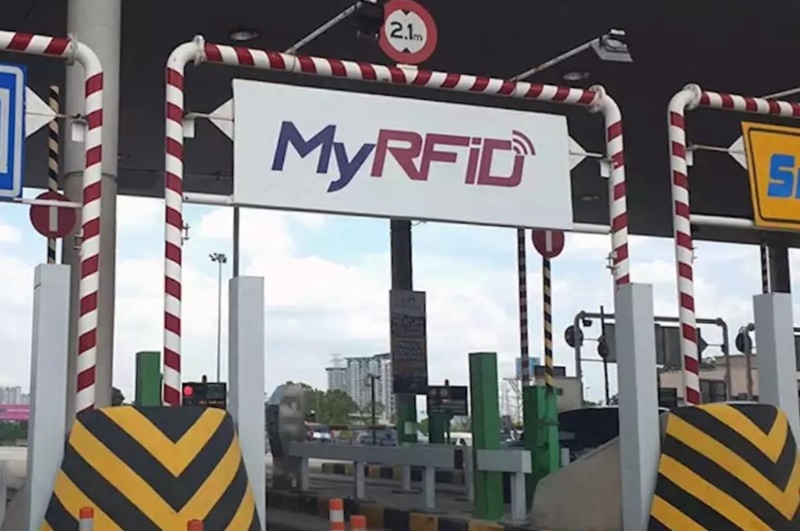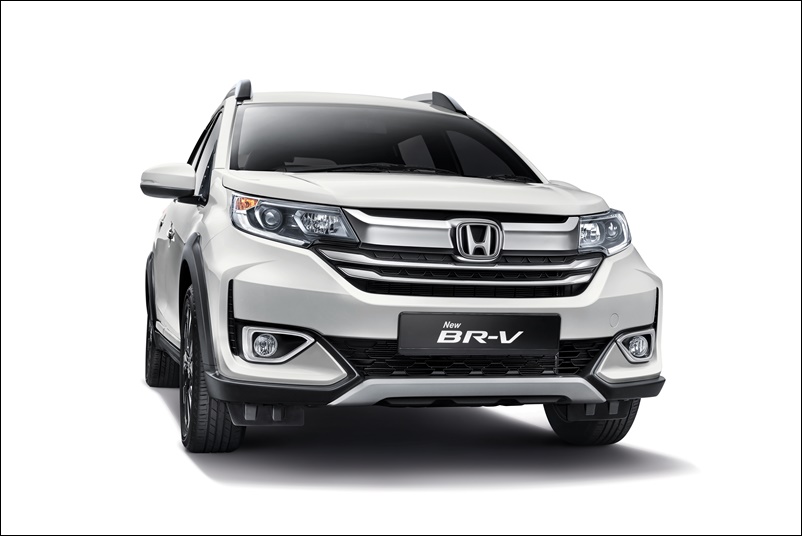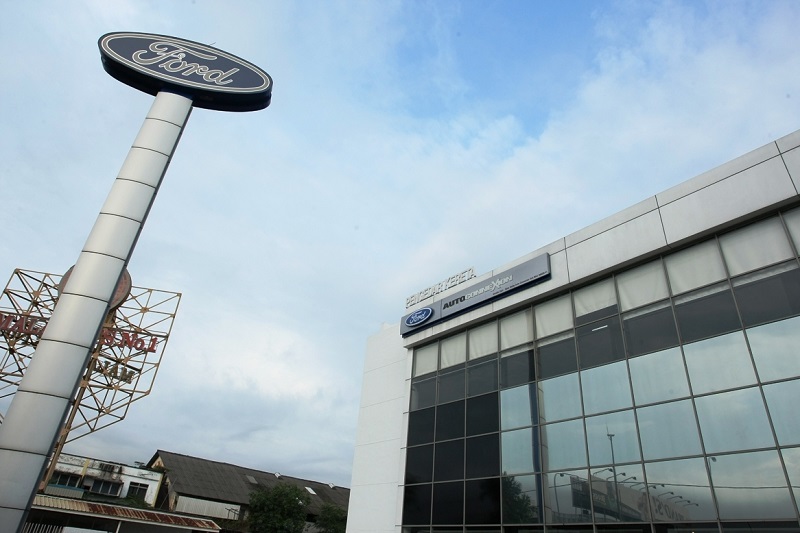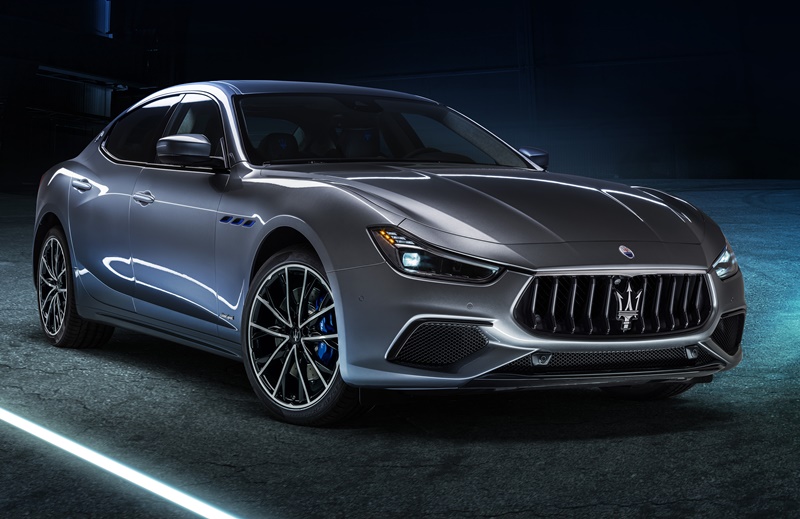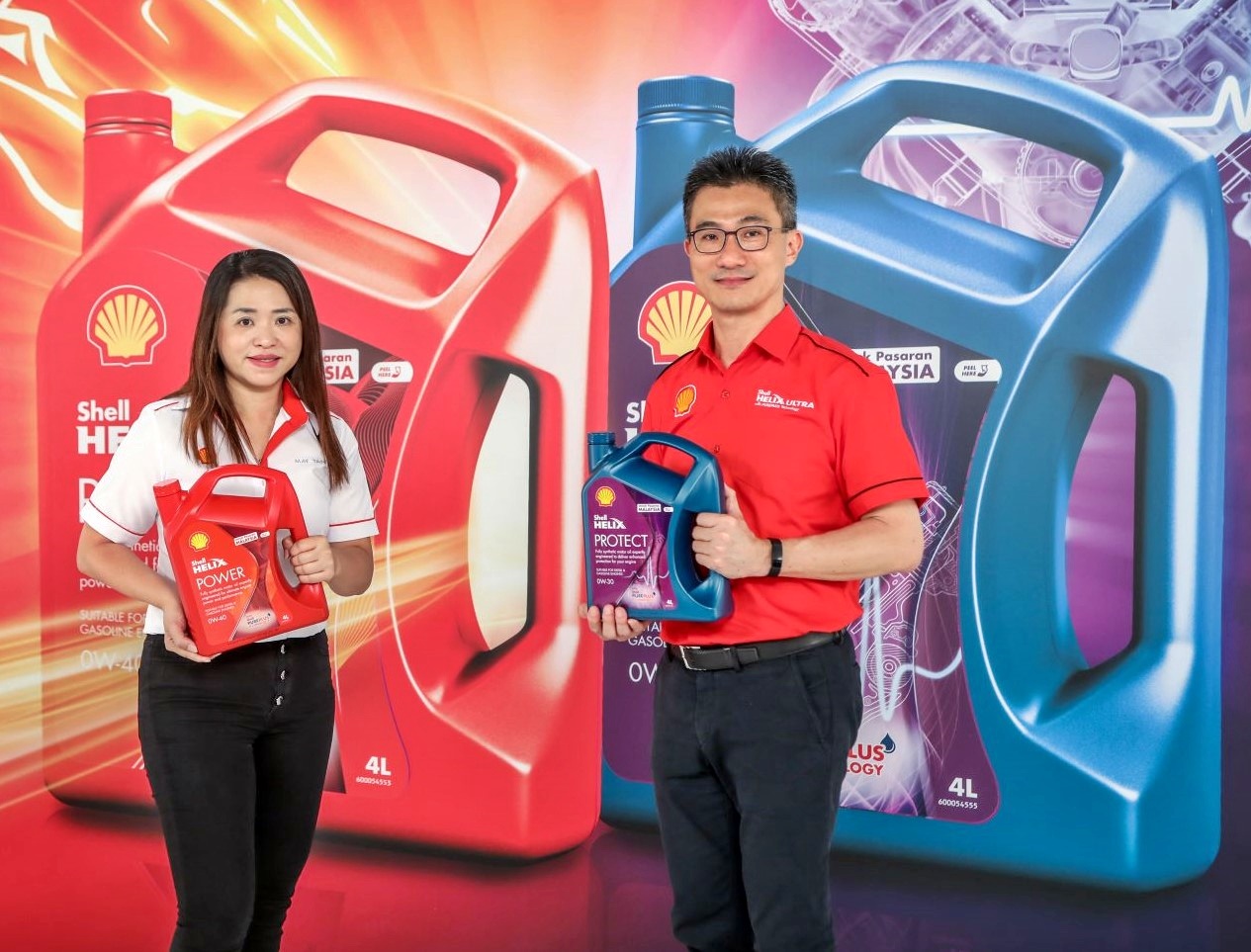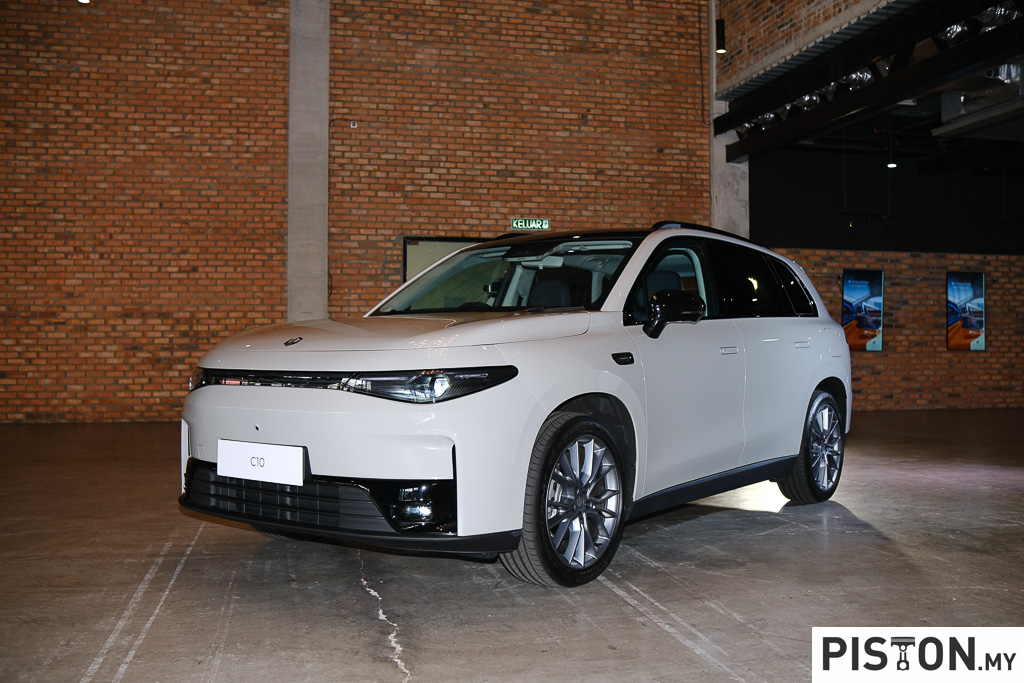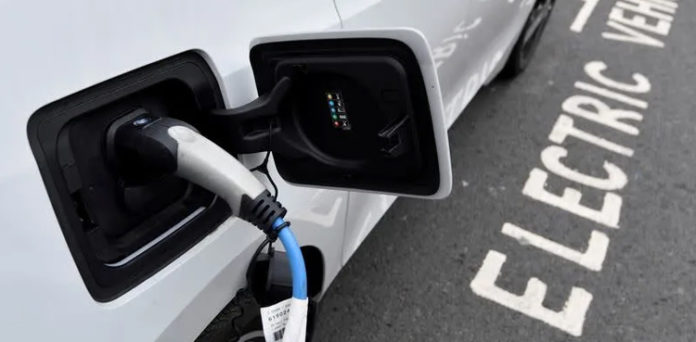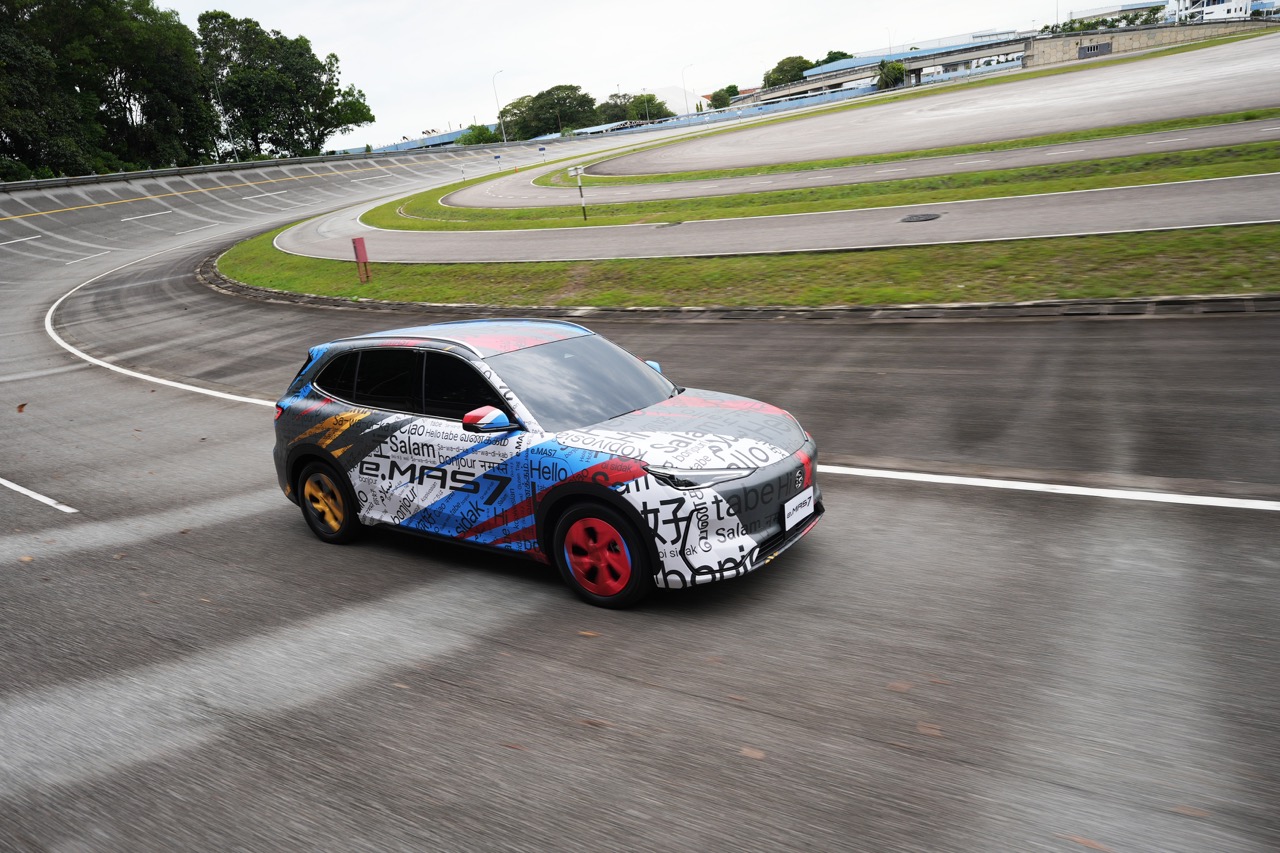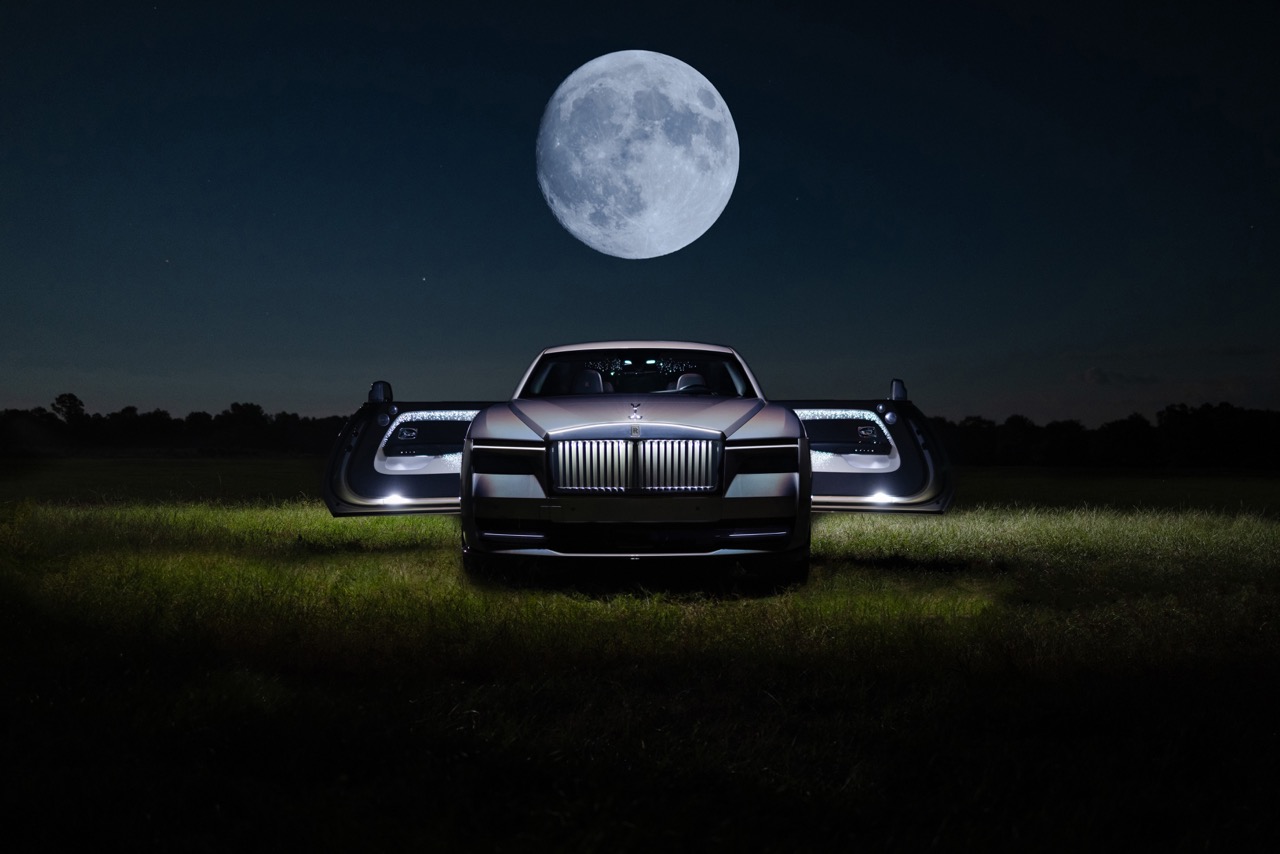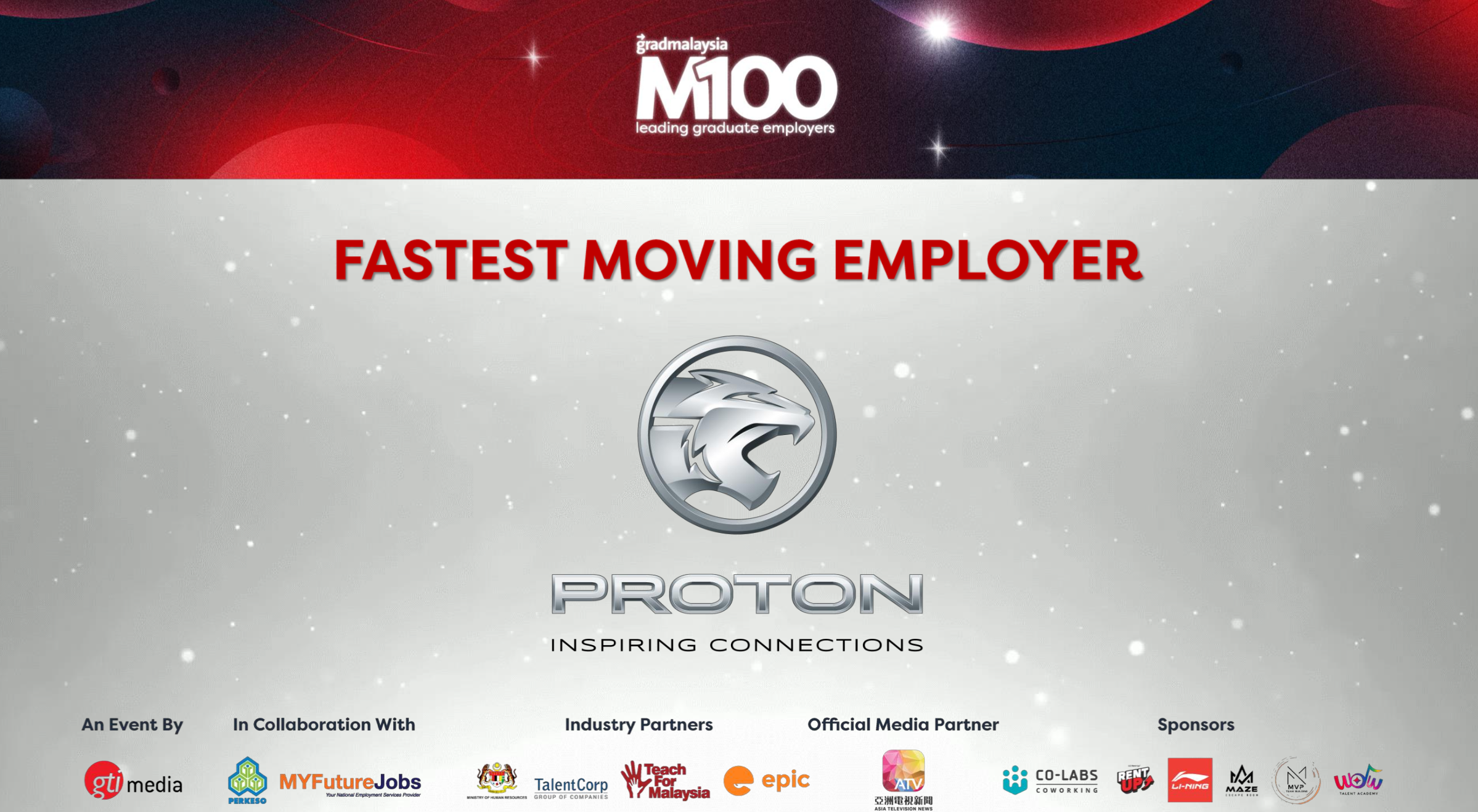Race starts at 3 pm in Italy/9 pm in Malaysia
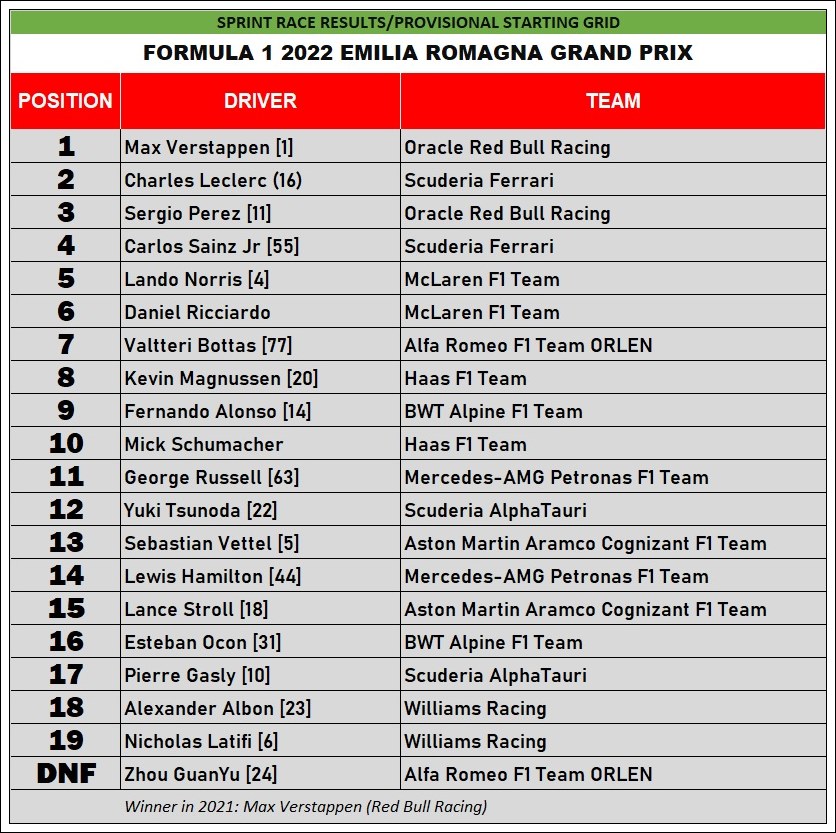
Round 4 of the 2022 Formula 1 World Championship returns to Europe to start in Italy at the Imola Circuit, also known as Autodromo Enzo e Dino Ferrari. Initially named after Enzo Ferrari’s son Dino, when Enzo himself passed away in 1988, the decision was taken to add the father’s name to that of his son. The Ferrari founder was closely associated with the circuit and he recalled its birth in a book he wrote in 1980: “My first contact with Imola dates back to the spring of 1948. I assessed from the first moment that that hilly environment could one day become a small Nurburgring due to the natural difficulties that the construction of a road belt would summarize, thus offering a truly selective path for men and machines. From my opinion, the promoters of Imola felt comforted. In May 1950, construction began. I was present at the ceremony of the first stone, which was laid by the lawyer Onesti with the greeting of the CONI and a contribution of 40 million which I believe was the first gesture of the organization towards motor racing. A small Nurburgring – I repeated to myself that day as I looked around – a small Nurburgring, with the same technical resources, spectacular and an ideal route length.”
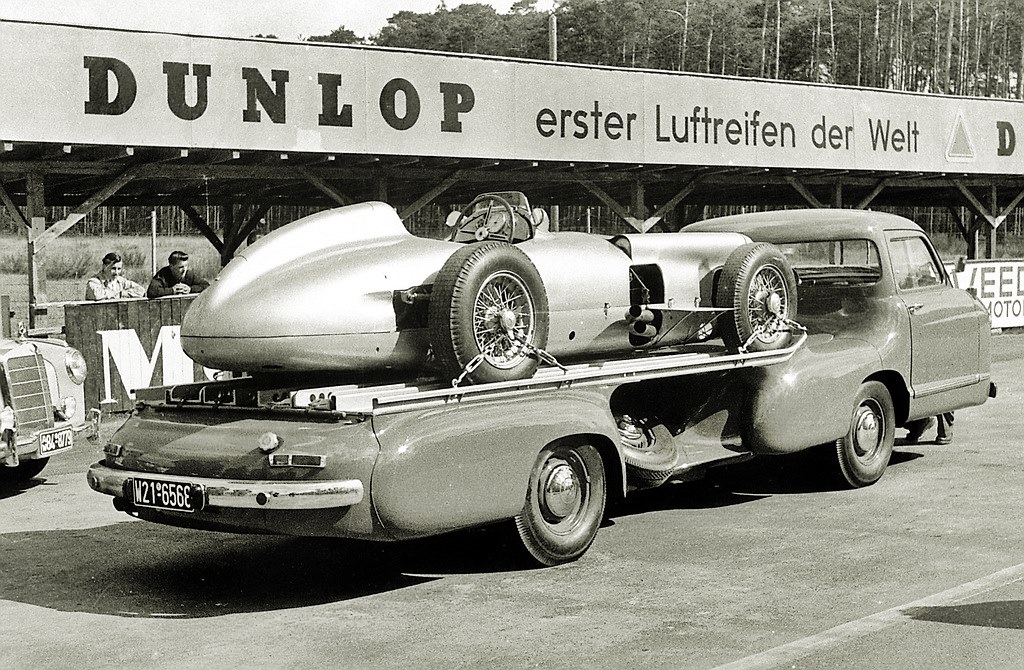
It’s one of the old circuits of F1 (opened in 1953) but is relatively new to the racers as this is the third year a F1 round is held there. Before the 2020 event, the last time the circuit had a F1 race was in 2006. In 2020, when F1 returned, there was no data available but now after two rounds, the teams and especially Pirelli have enough data to help in set-up and tyre selection.
The 4.9-metre long circuit is a highly technical one, with a wide range of corners. Its layout has changed over the years but it remains narrow and bumpy, as the older tracks tend to be. This makes overtaking more challenging and puts more emphasis on strategy to make up places.
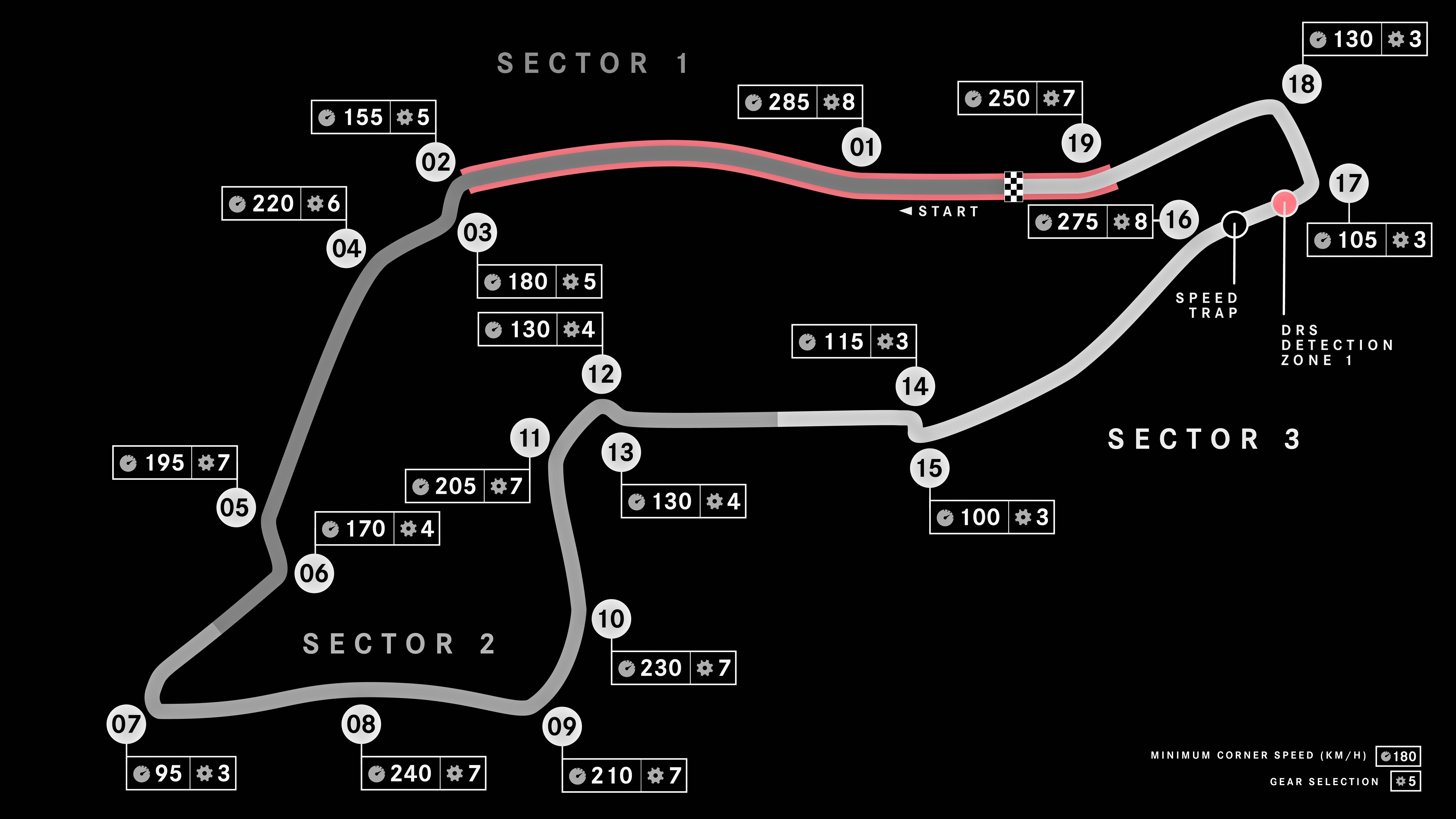
“Imola is an old-school, challenging track, where overtaking can be tricky, also because the circuit is quite narrow in places. So the strategy is likely to centre around avoiding traffic, and effectively the teams start from scratch here in terms of tyre knowledge – as the compounds are completely different this year, and last year’s race also began on the wet-weather tyres, before being interrupted by a lengthy red flag period,” said Pirelli’s Motorsport Director, Mario Isola.
“Generally speaking, Imola is a medium severity track for the tyres, and it’s a venue that is used quite frequently. This means that we might see a little less track evolution than we’ve been accustomed to at other circuits as the track is well rubbered-in already. The first round of the Pirelli-equipped GT World Challenge took place at Imola last month, which gave us some useful data. These are just some of the factors that the teams will have to take into account when establishing the tyre strategy for the opening sprint session of the year: another first for the 2022 season,” he added.
The tyres are all-new but the track is just as it was at this time last year, and the asphalt dates from 2011, which makes the 11-year old surface reasonably abrasive. The more mature surface at Imola generates more grip and therefore more heat in the tyres, requiring a more robust softest compound.
Pirelli has therefore chosen C2, C3 and C4 tyres for the Emilia Romagna Grand Prix as P Zero White hard, P Zero Yellow medium and P Zero Red soft respectively. This is the same nomination as last year, although the compounds are different with the latest generation of 18-inch tyres.
With 19 turns and the reduced length of the final straight (358 metres), the circuit has fast direction changes and extremely difficult braking sections of every imaginable kind. It’s therefore a sort of mini Nurburgring, as Ferrari expected it to be.
Imola has one of the longest pit lanes of any F1 track on the 2022 calendar, measuring 549 metres. This means one of the longest pit lane times, too, with at least 24.7 seconds. This is an interesting strategic factor as you lose more time making a pit stop compared to other races.
At Imola today was the first of 3 planned Sprint events during the 2022 F1 season, the others being in Austria and Brazil. This moved Qualifying to Friday afternoon, after FP1, to determine the grid for the 100-km race today. The result of the Sprint race, when the drivers will go flat out, decides the grid for Sunday’s main race. There are also points for the top 8 finishers.
The Sprint Race
Red Bull Racing’s Max Verstappen must have been delighted to get pole position for the Sprint race after the disappointments of the first 3 rounds which have resulted in him being 6th in the championship rankings. Rain had come down during the qualifying session which saw a number of incidents. Pushing hard even on the wet and slippery track, he beat championship leader Charles Leclerc, while McLaren’s Lando Norris was surprised to get third on the grid for today.
A slow start by the Red Bull driver allowed Leclerc to reach Turn 1 first but as the pack headed to Turn 9, GuanYu Zhou (Alfa Romeo ORLEN) collided with Scuderia AlphaTauri’s Pierre Gasly and headed into the wall. The crash was a bad one, bringing out the Safety Car.
The Safety Car left the track on lap 4 and although Verstappen was waiting to move, the new ruling did not allow him to be alongside Leclerc who was ready to rocket off the moment it was allowed. While Zhou would not get to complete his first Sprint race, Gasly was able to return to the pits and get a new wing and continue racing.
Both team mates of the leaders – Sergio Perez and Carlos Sainz – had made good progress to move up a few positions. Norris meanwhile was slipping back as the two leaders pulled further ahead. As for the two Mercedes drivers, their positions were still out of the Top 10, George Russell doing better at 12th and Lewis Hamilton at 15th.
By the halfway point of the short 21-lap race, Perez was starting to challenge Norris. Within one lap, he was past into fourth with 9 laps to go. Just behind, Haas F1’s Kevin Magnussen was steadily dropping back as Ferrari’s Carlos Sainz got past him and closed in on the McLaren to try to take fourth before the race ended. He did it by lap 15 and would keep the position till the end, collecting 5 extra points this weekend.
Verstappen was waiting as the plan was to wait for the Ferrari’s tyres to degrade and then he would make his push but the number of laps was running out. Leclerc remained in control even though the Red Bull was less than a second away.
Finally, on lap 20, Verstappen powered through the final corner and although he had to take a wide line, he got past the Ferrari into the lead. Once past, he went flat out for the finish line with Leclerc and Perez following.
Brembo develops new brake systems for new 2022 F1 cars (w/VIDEO)





